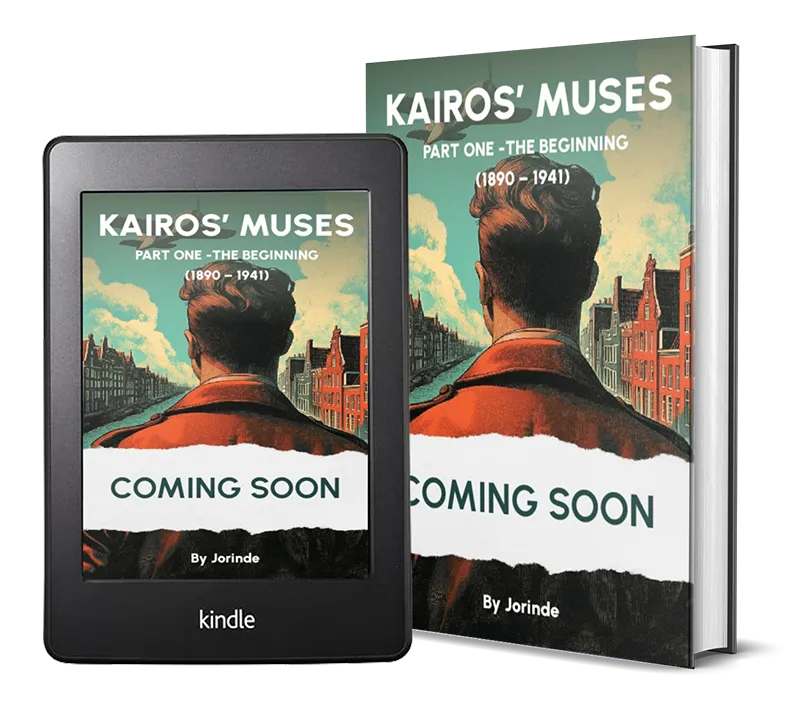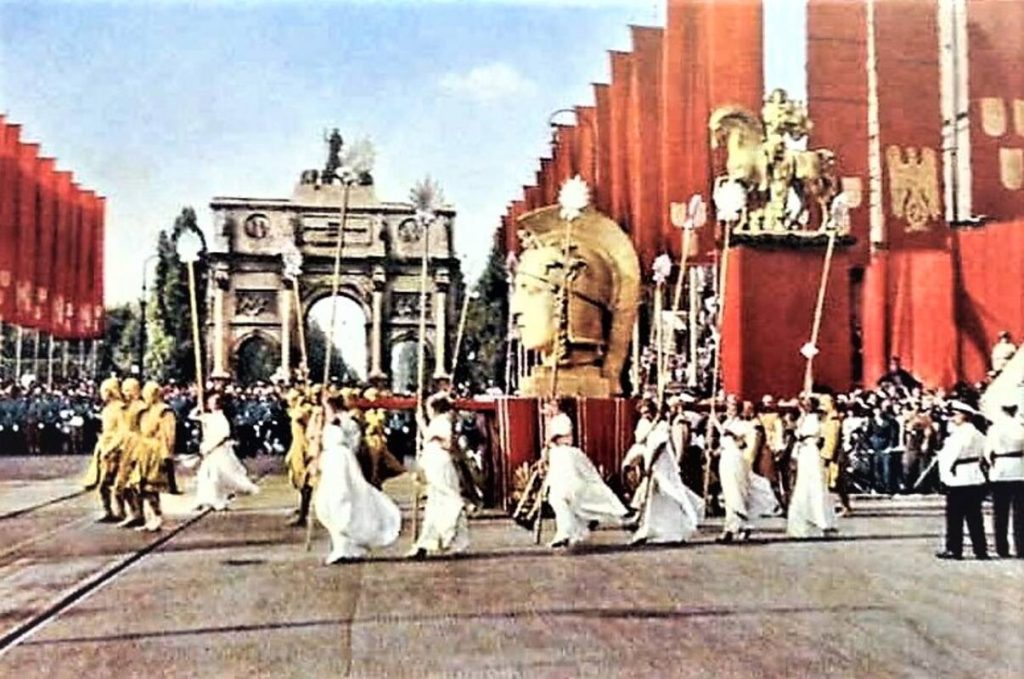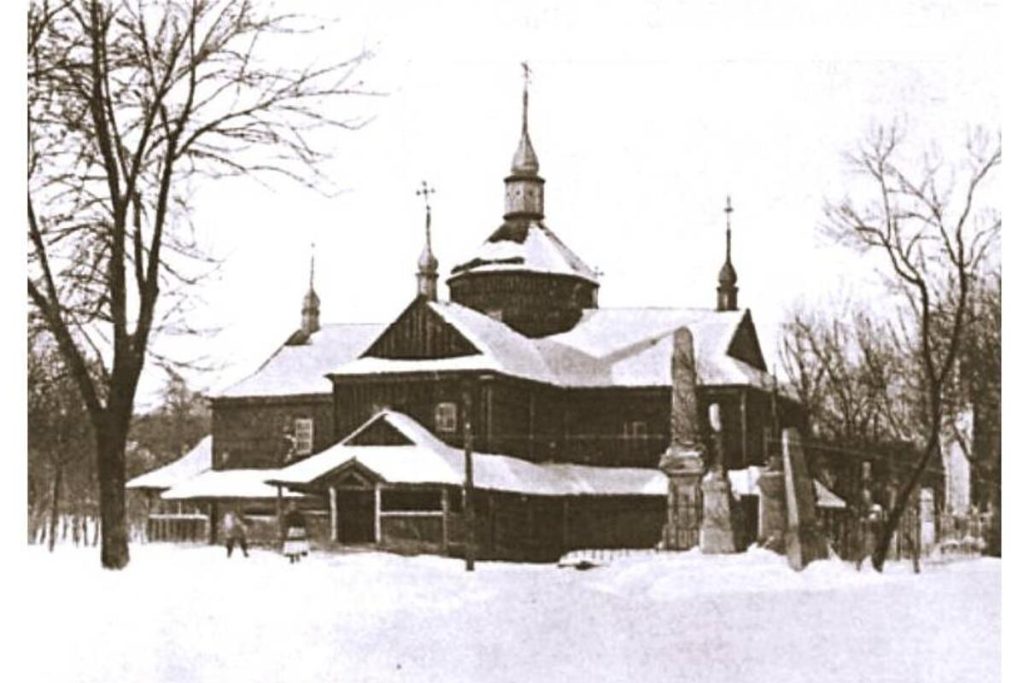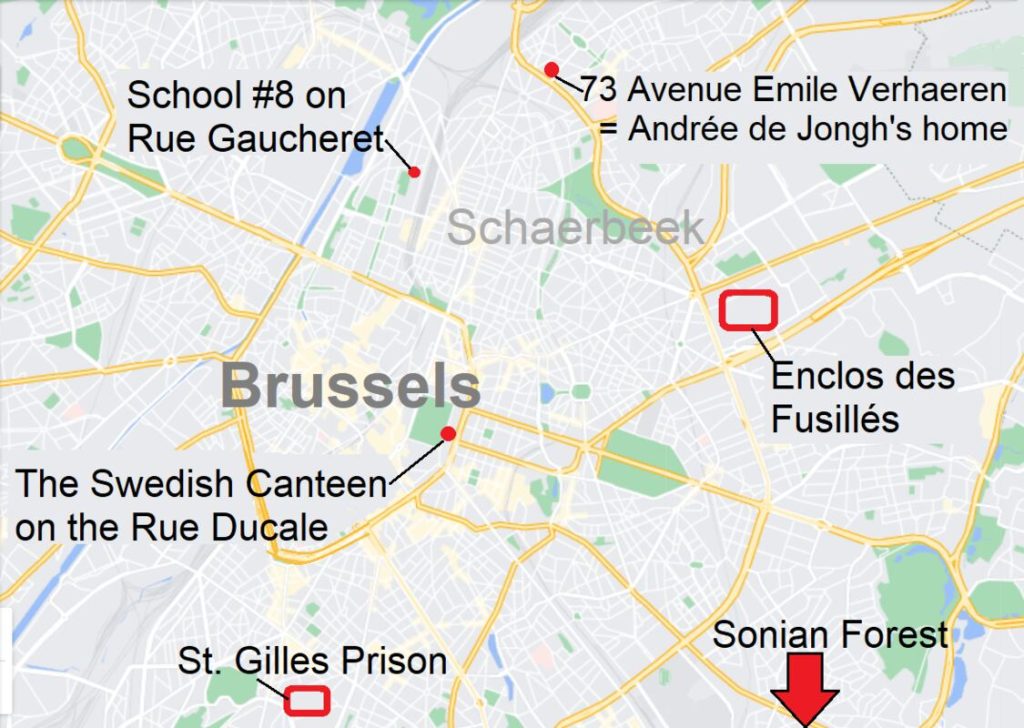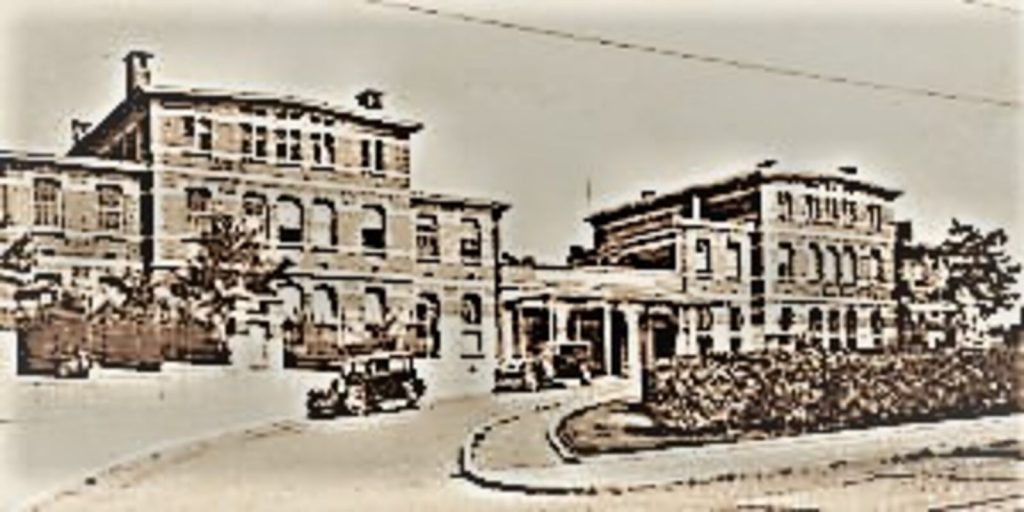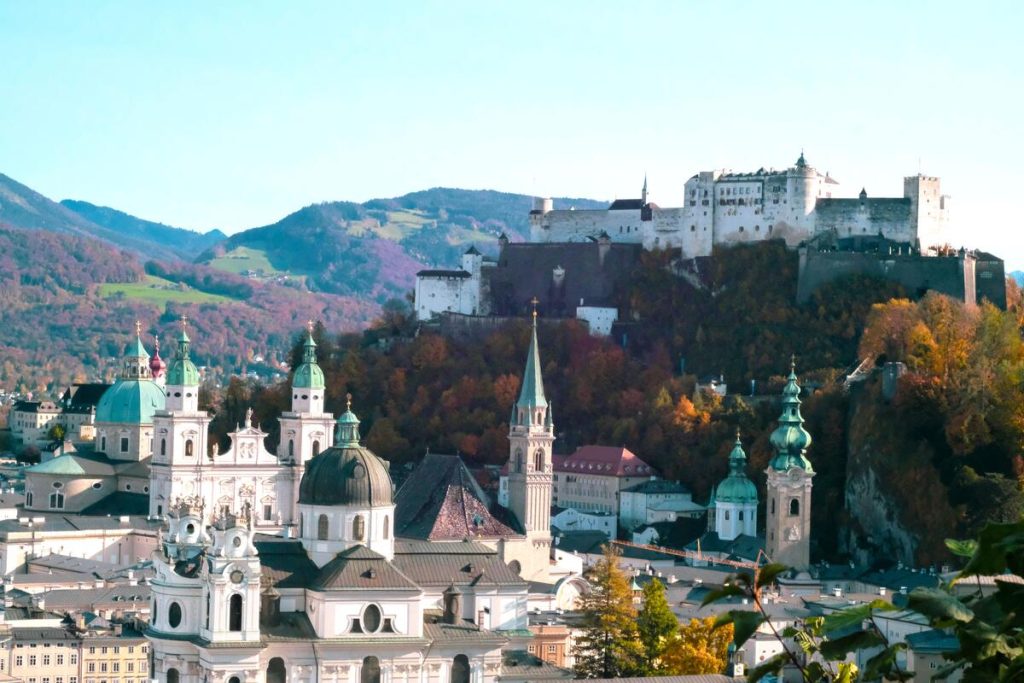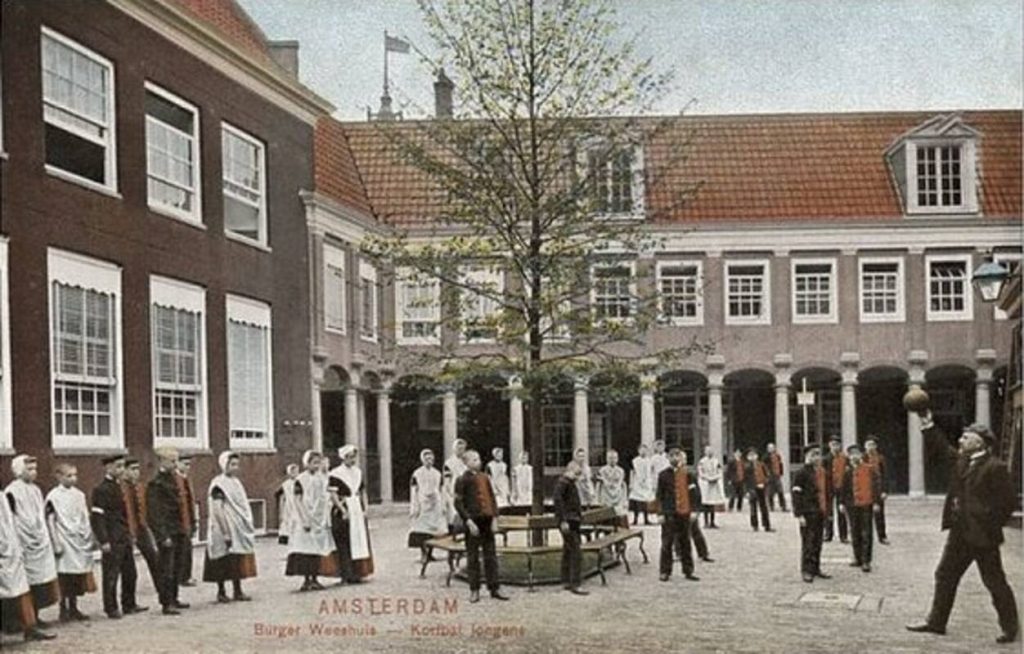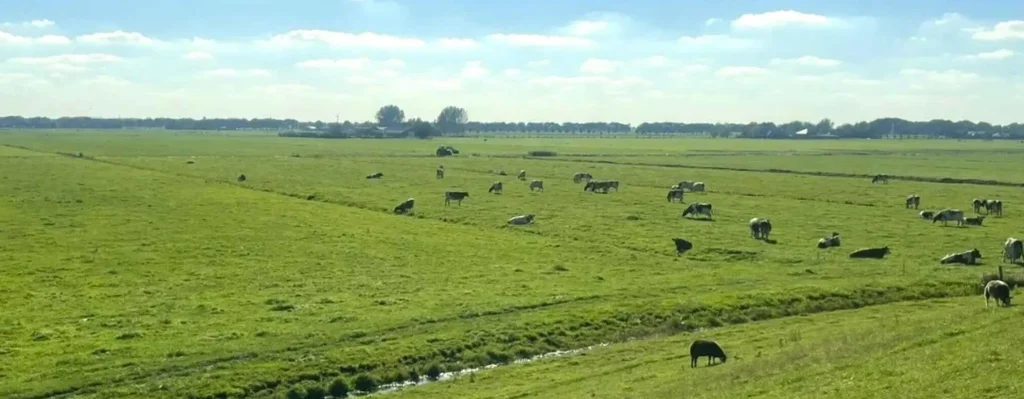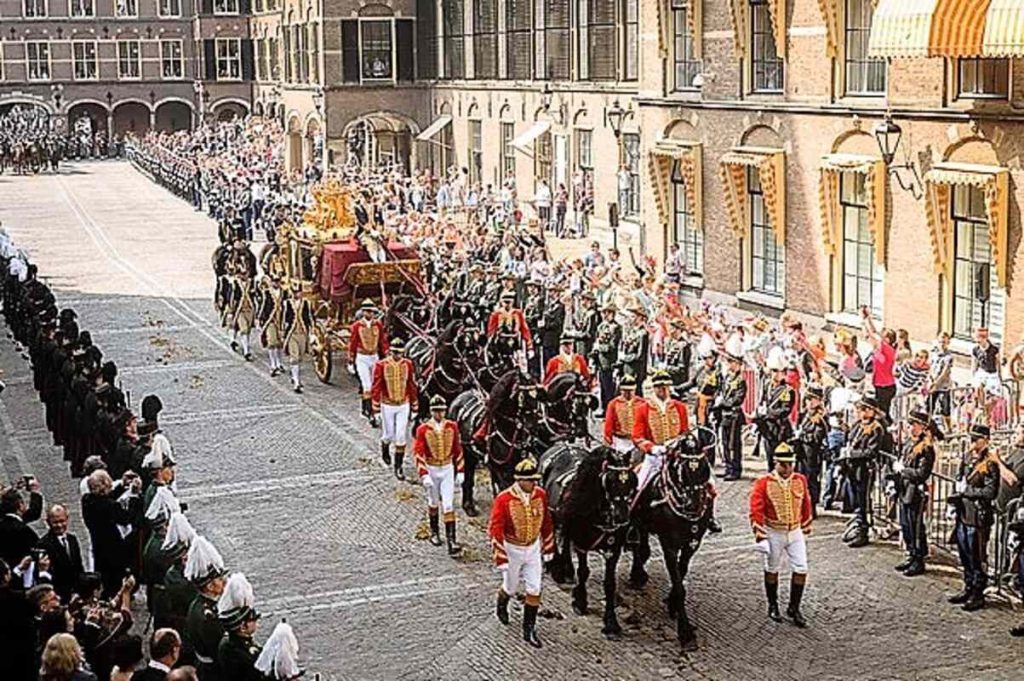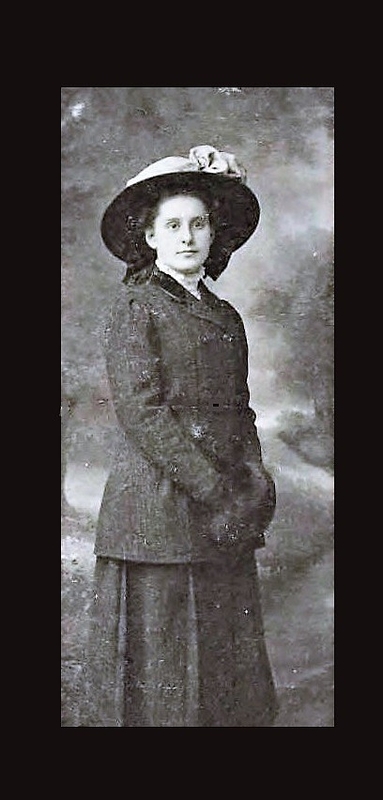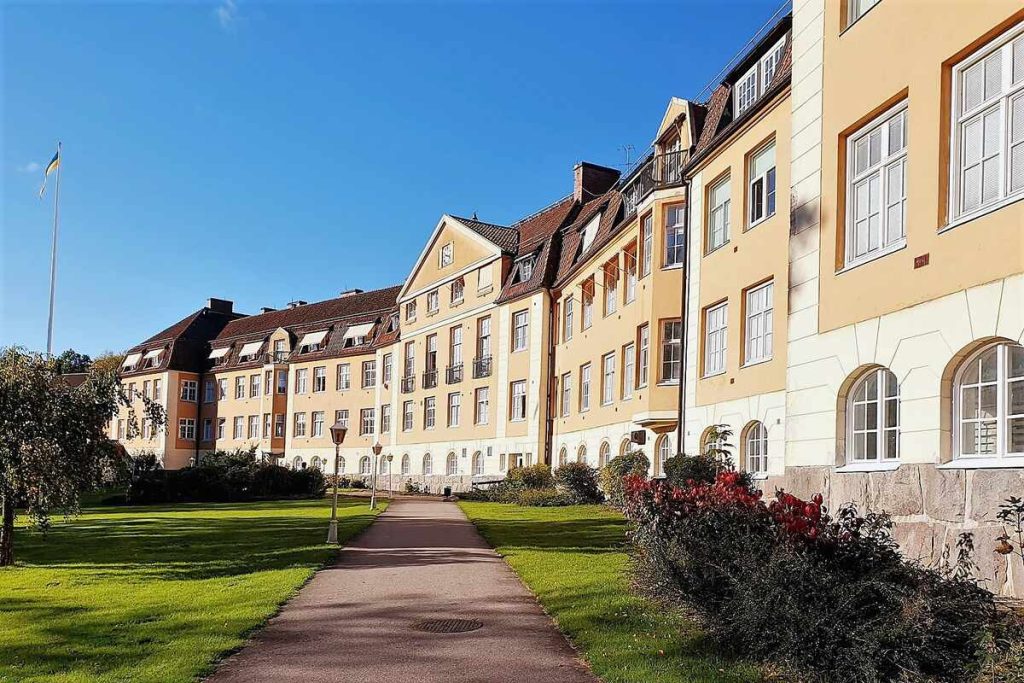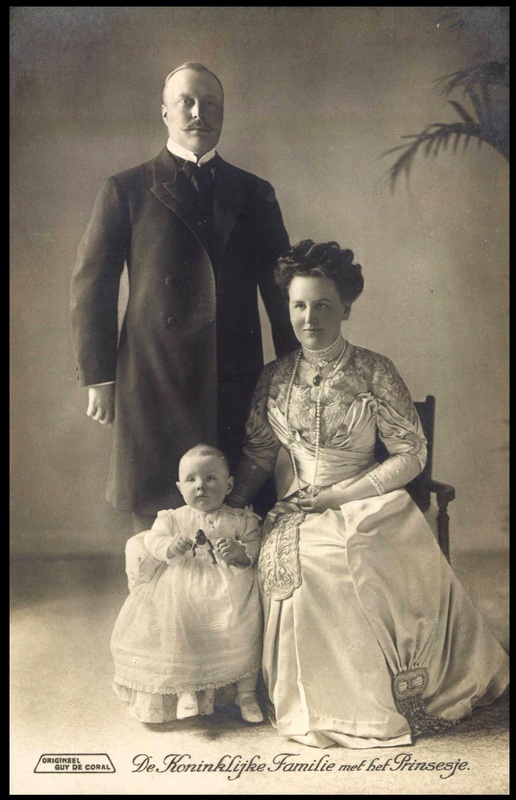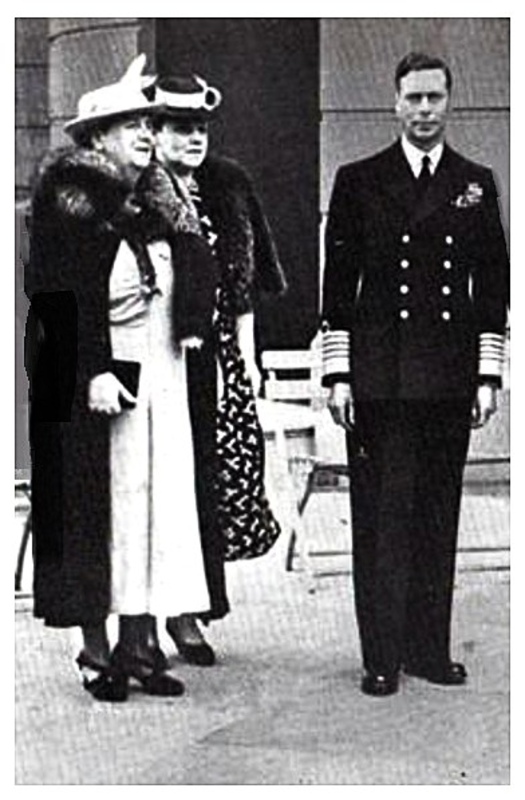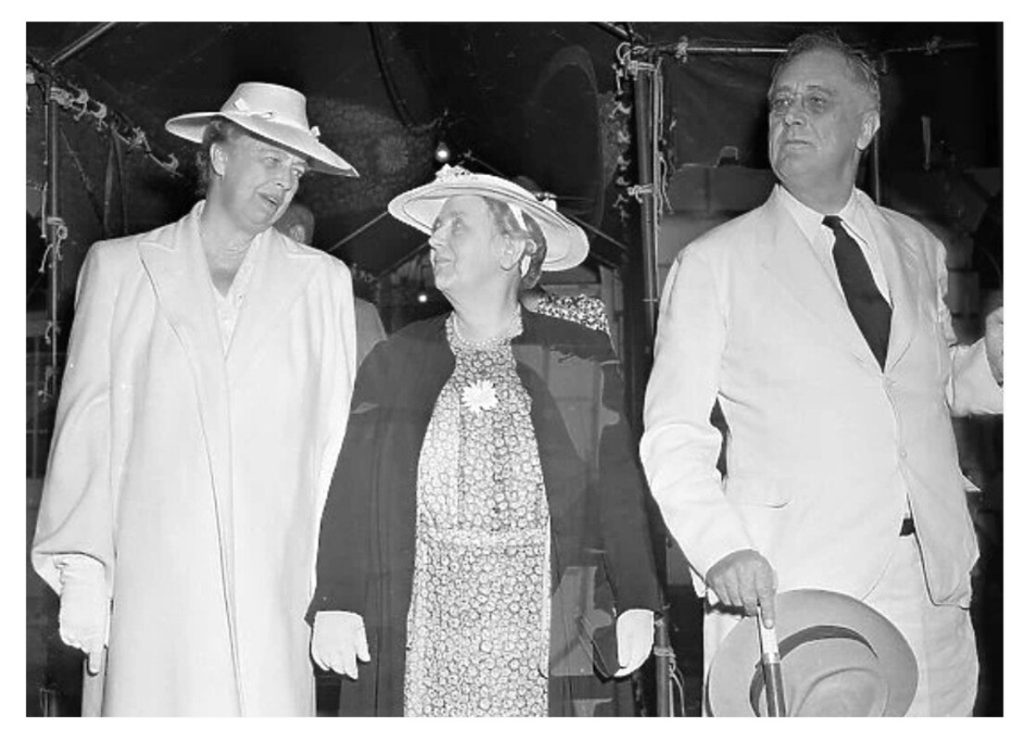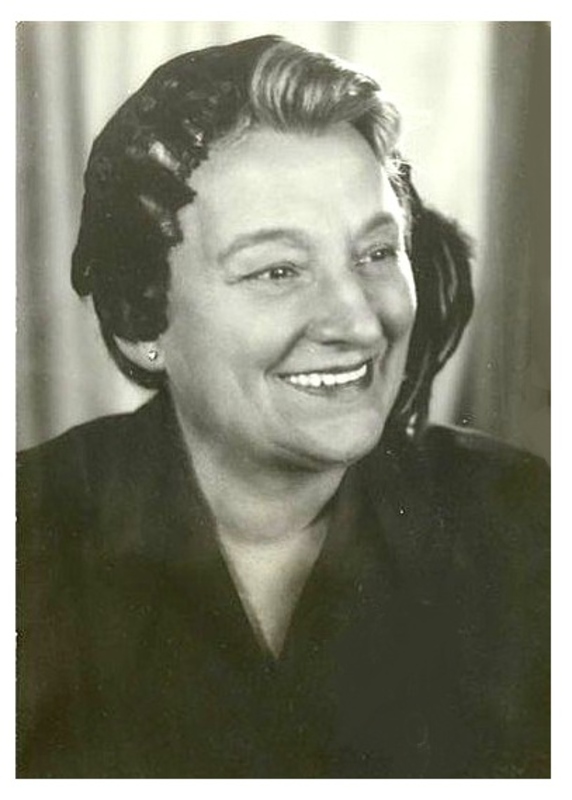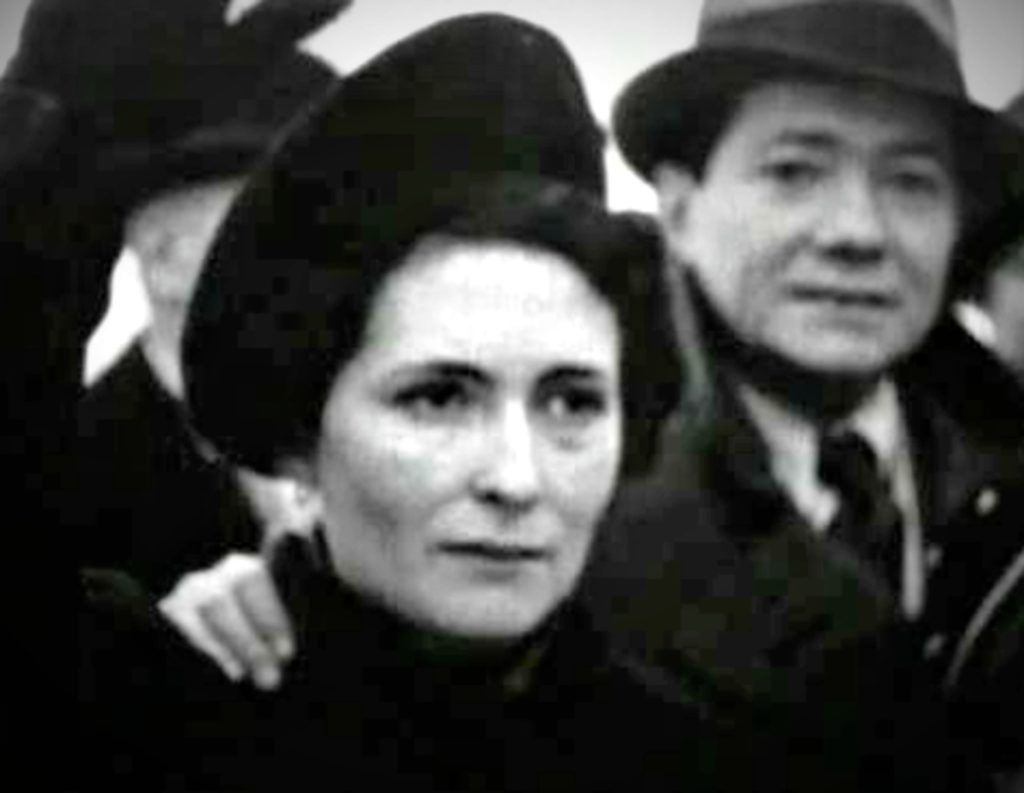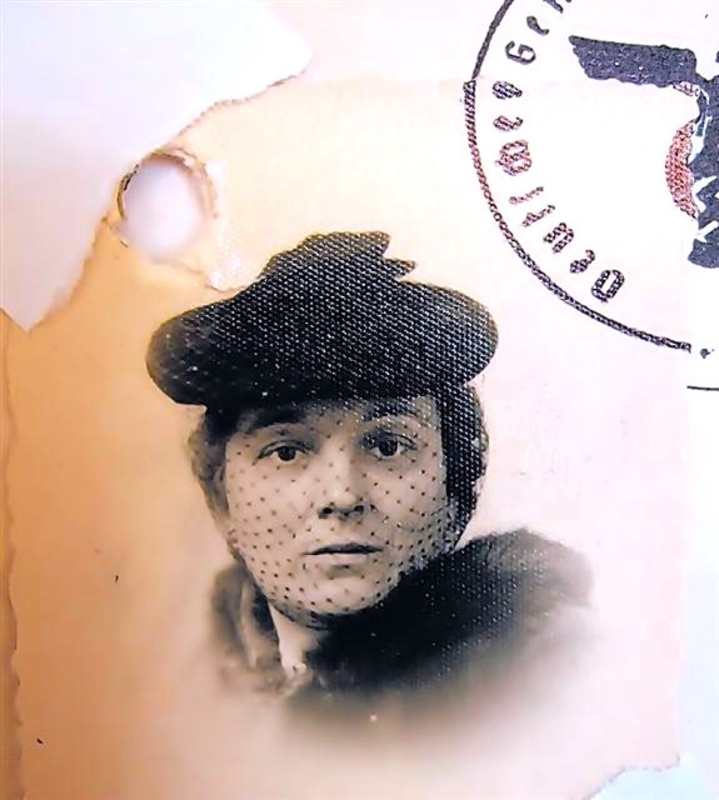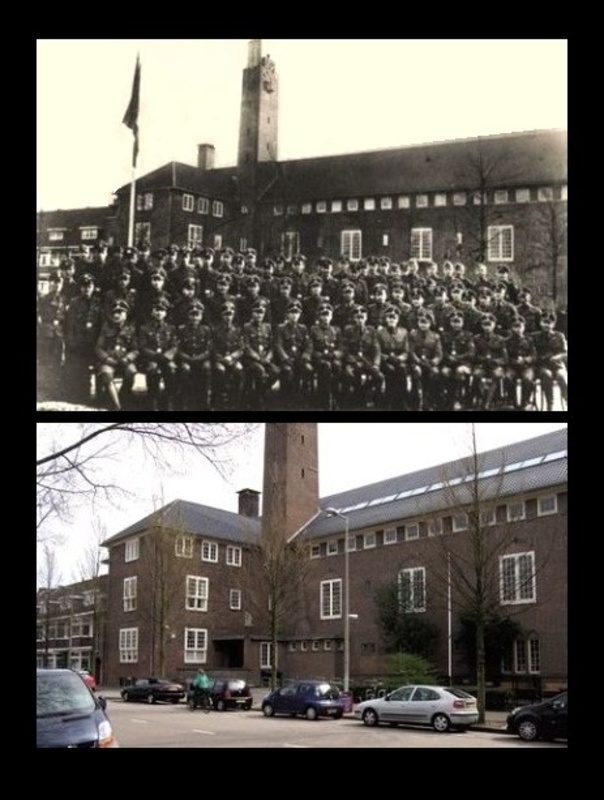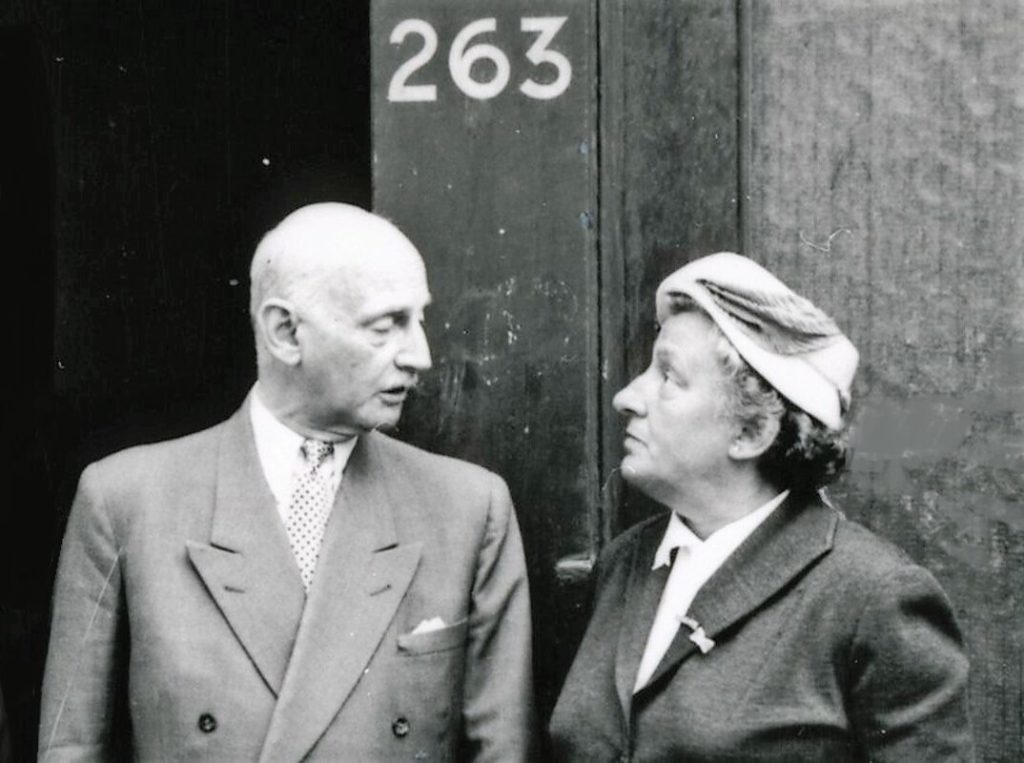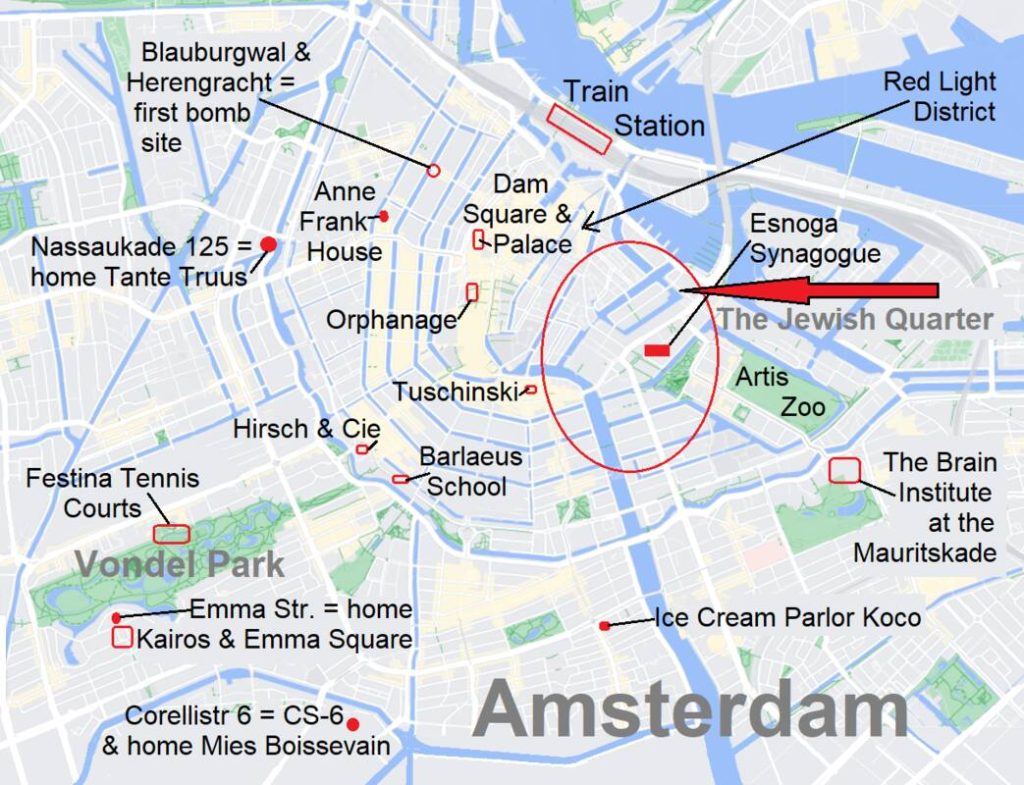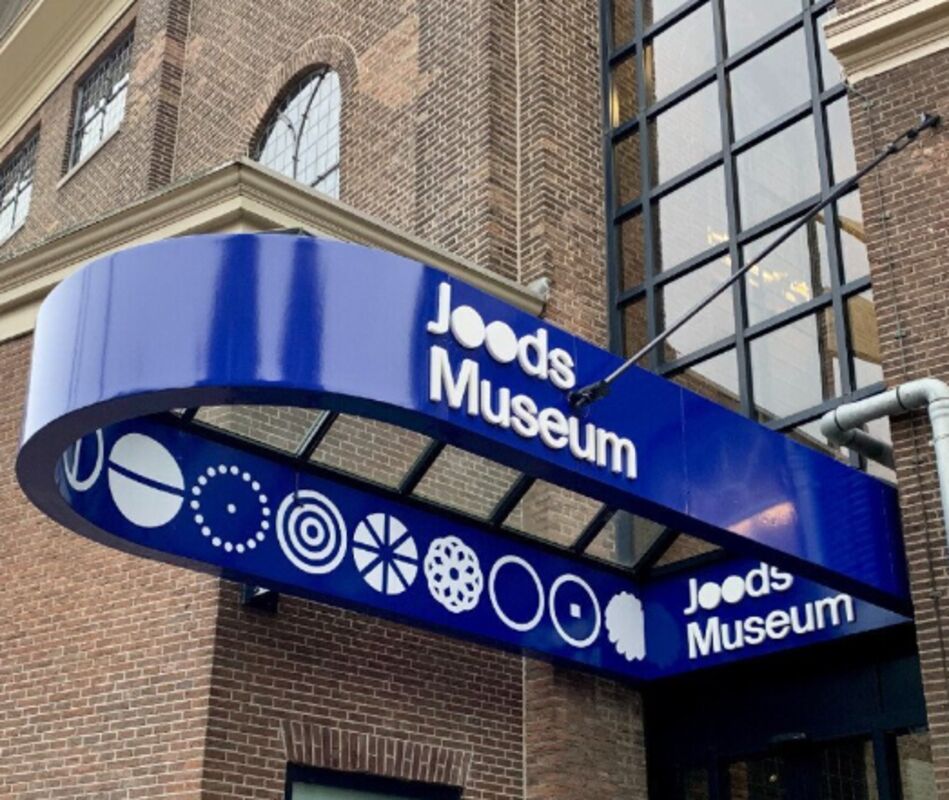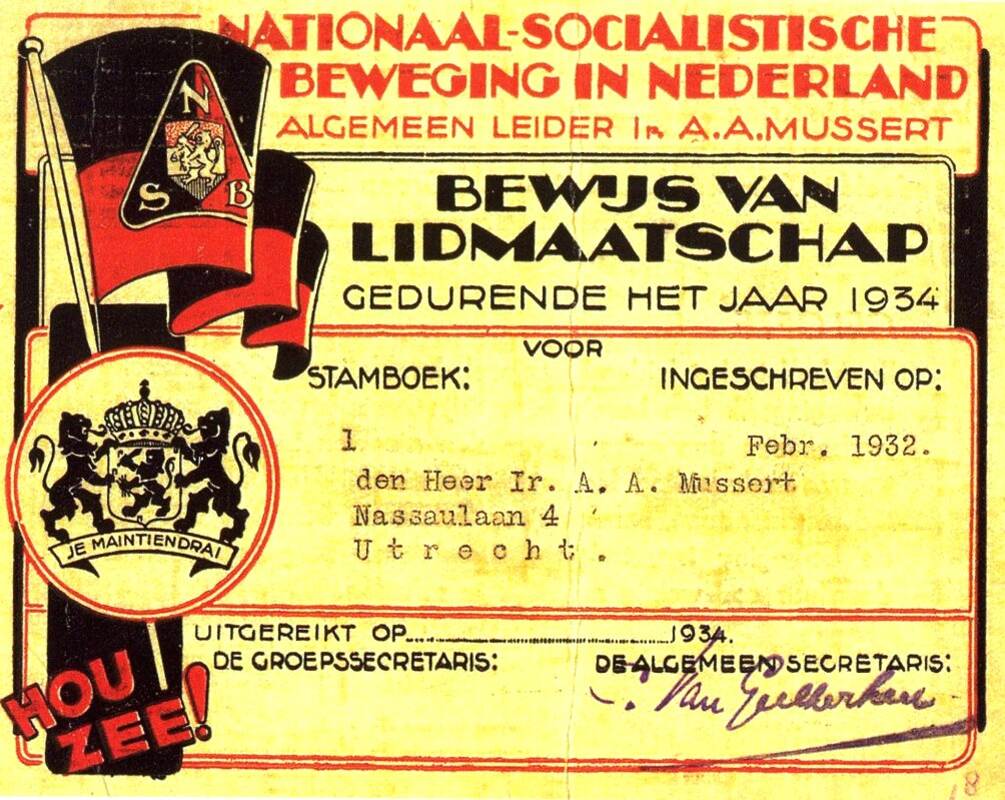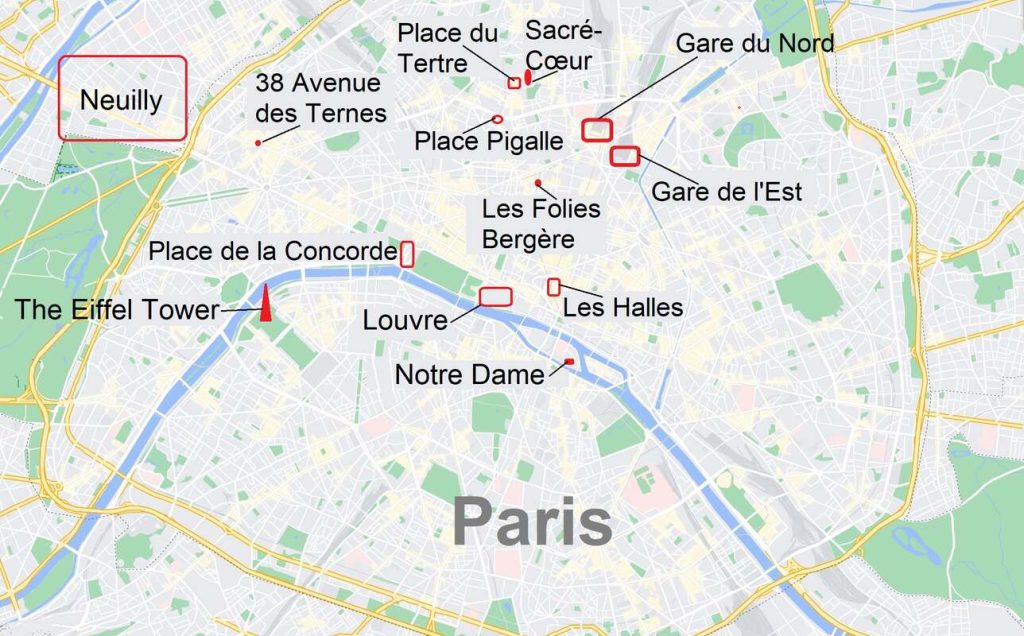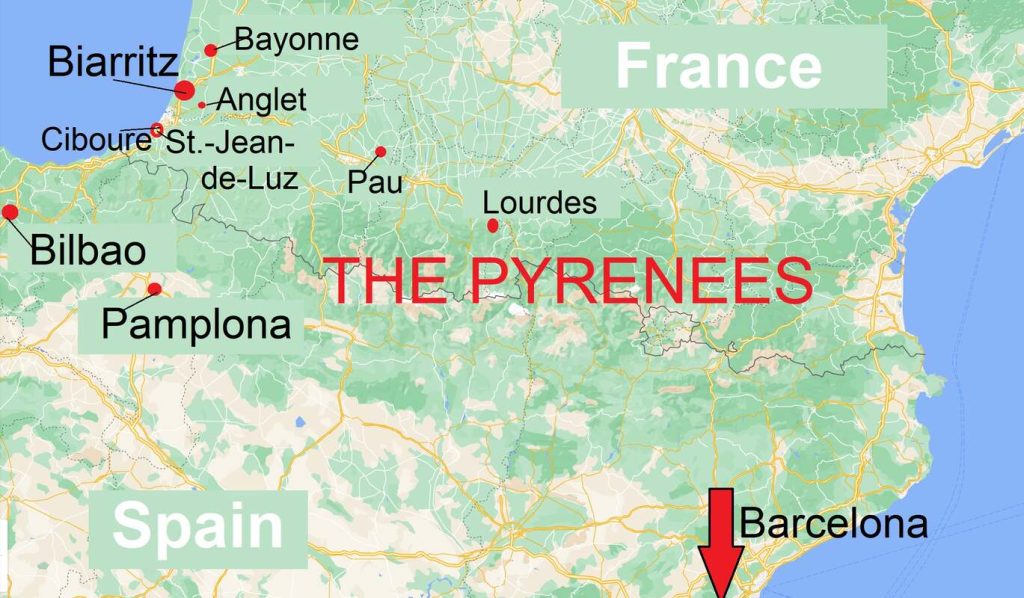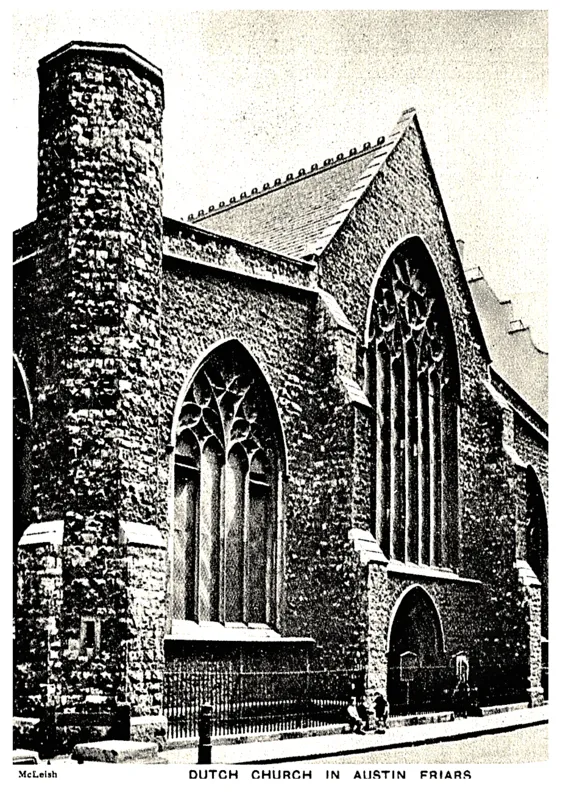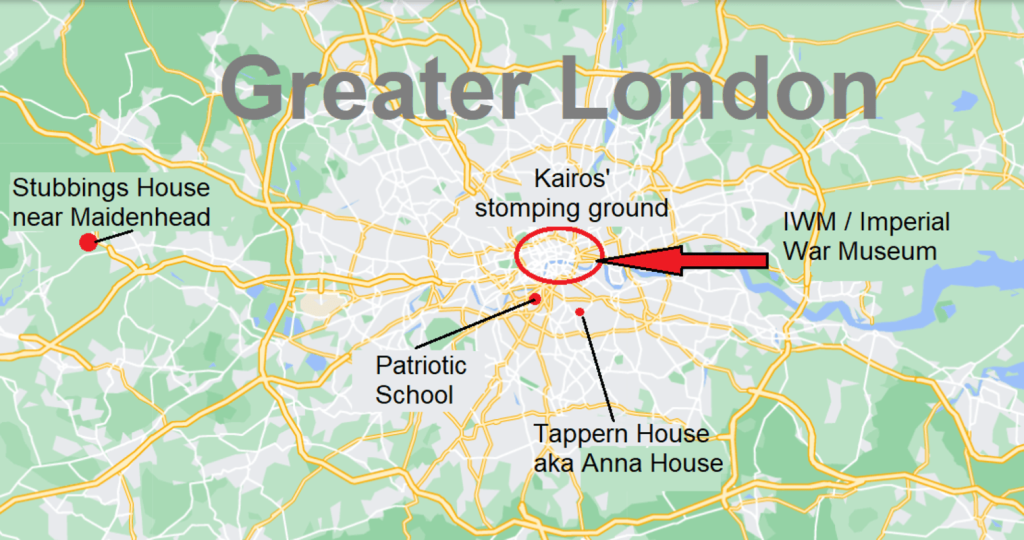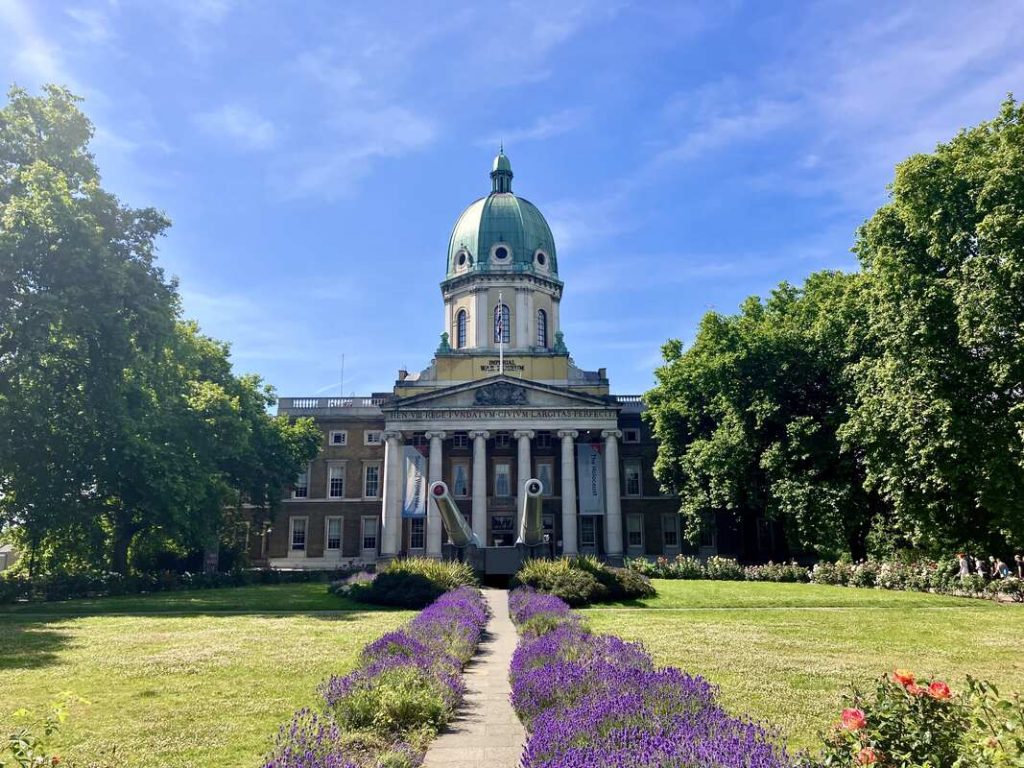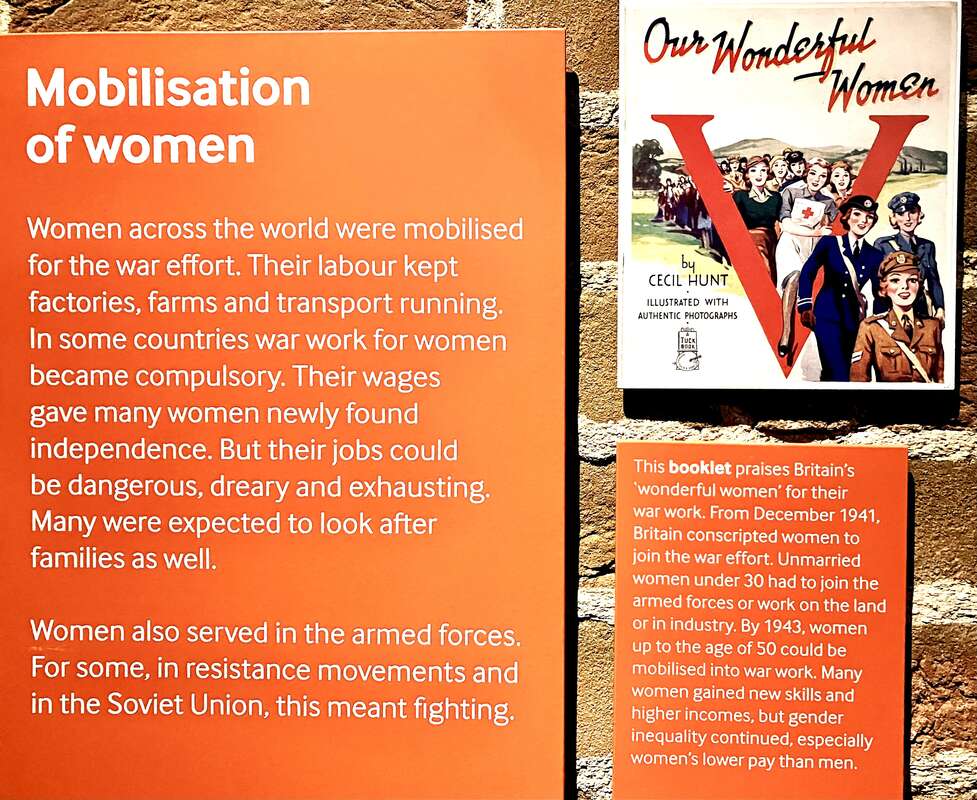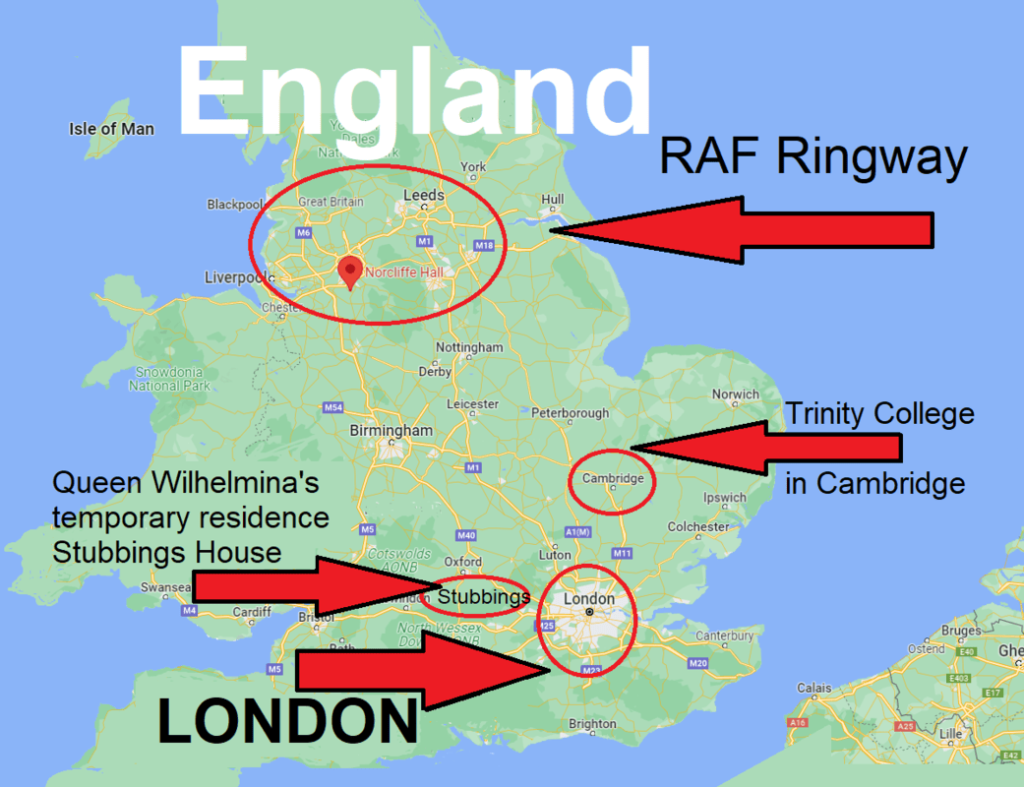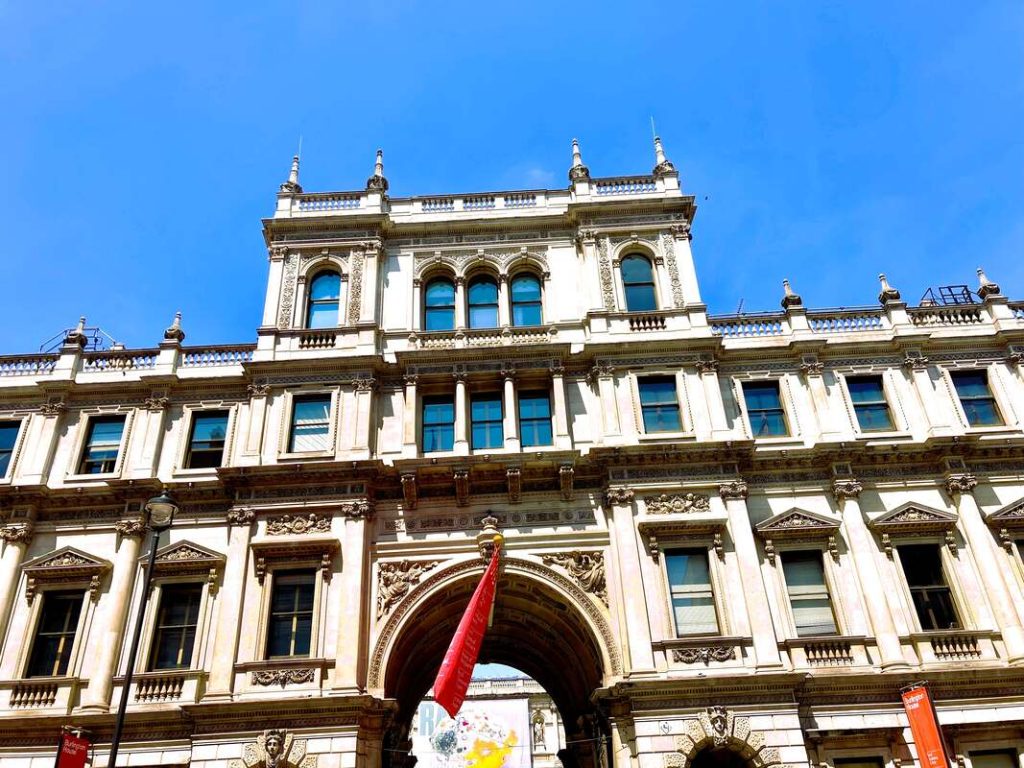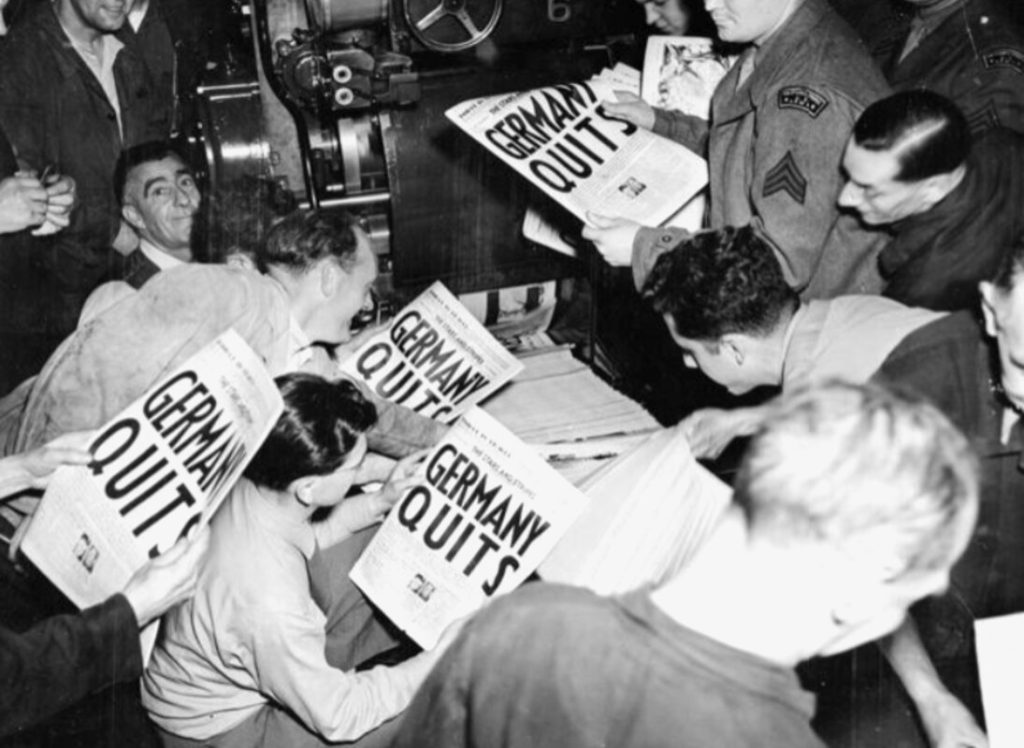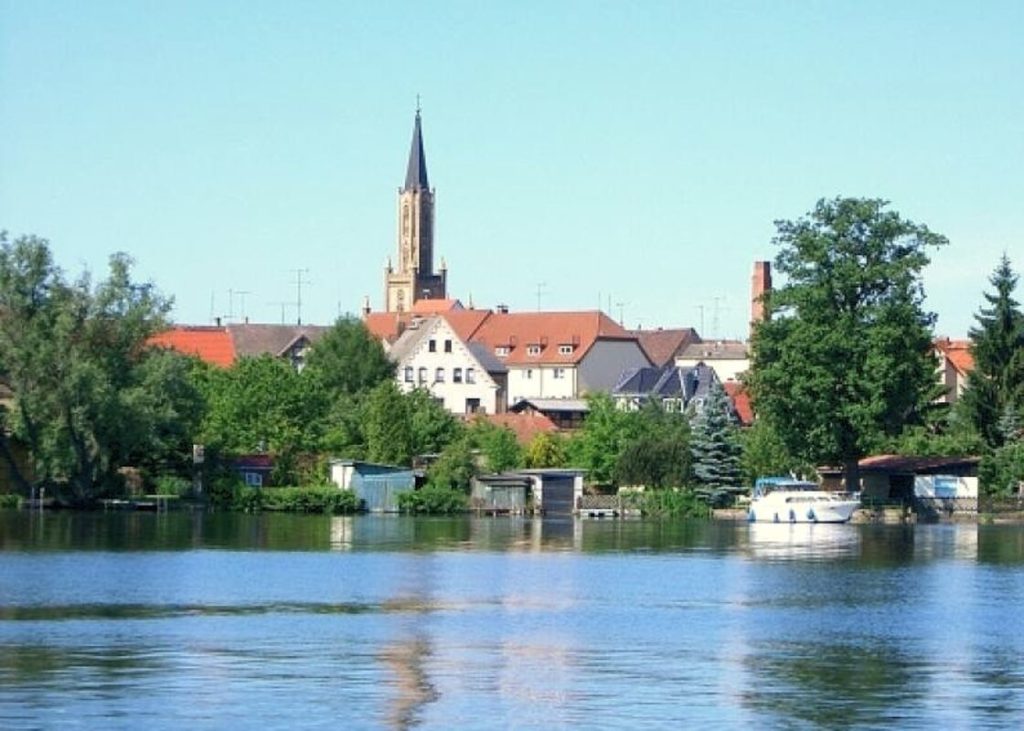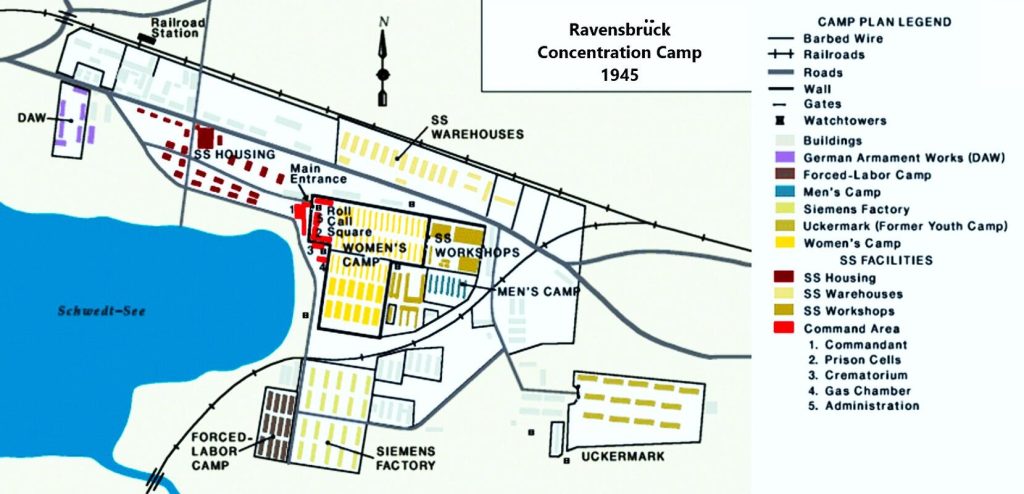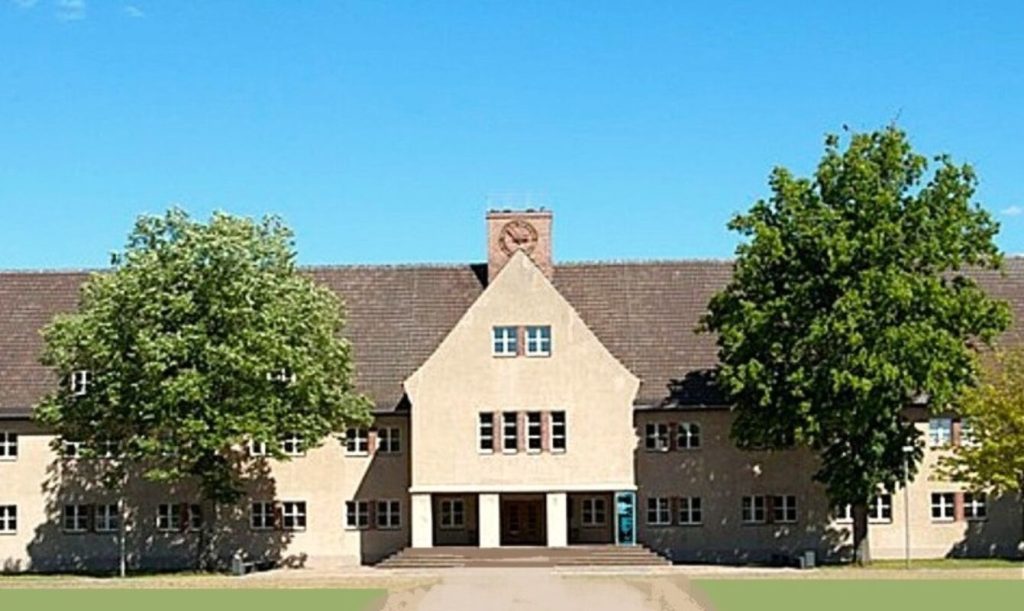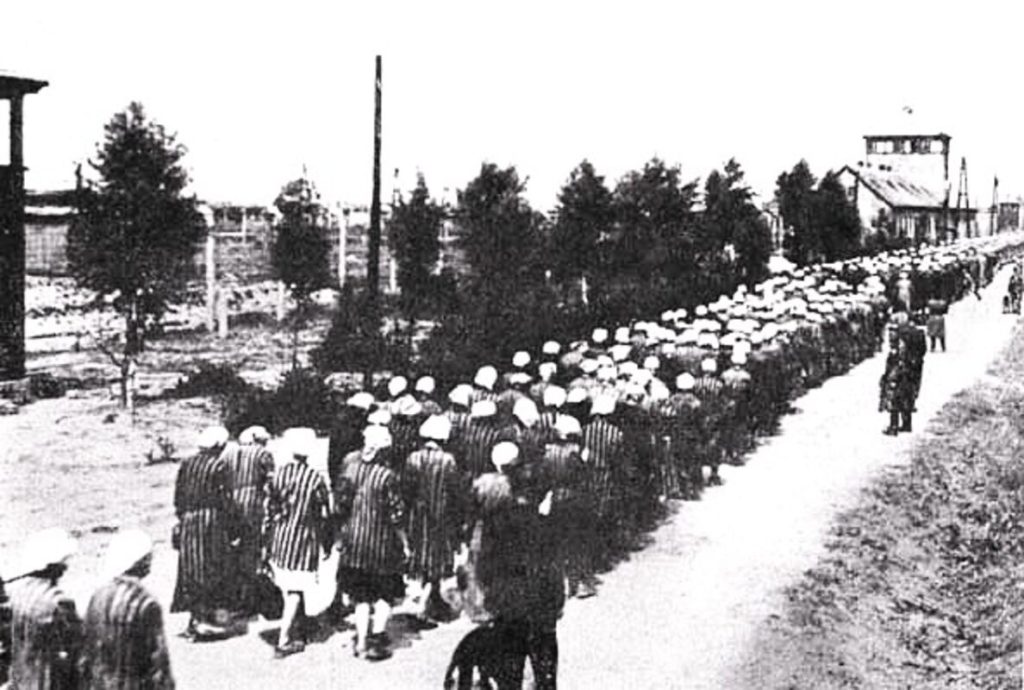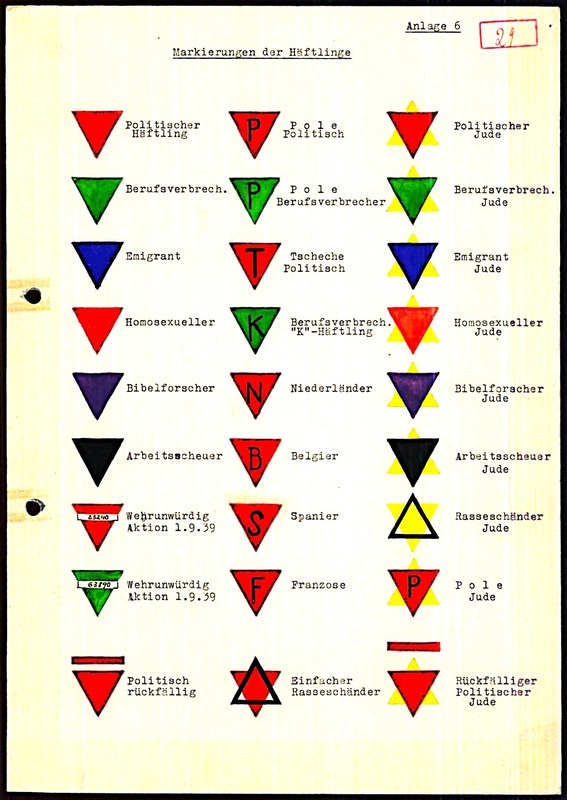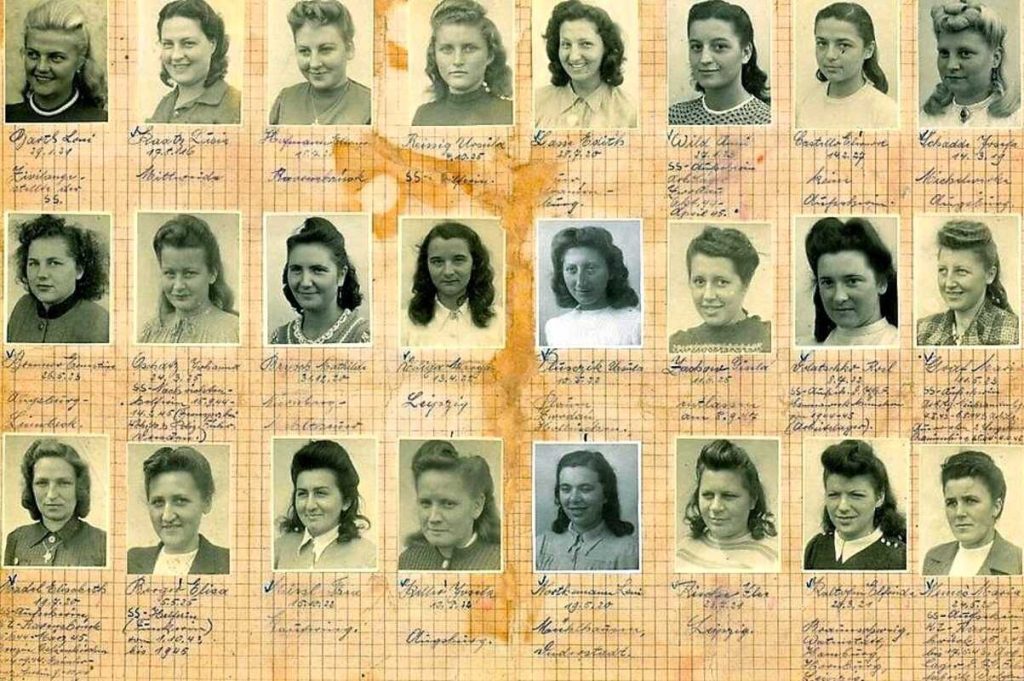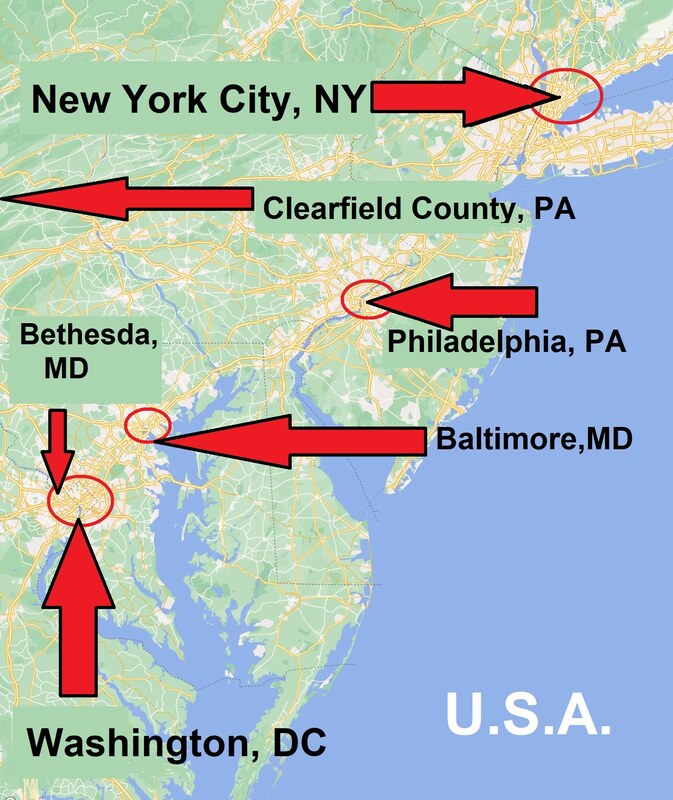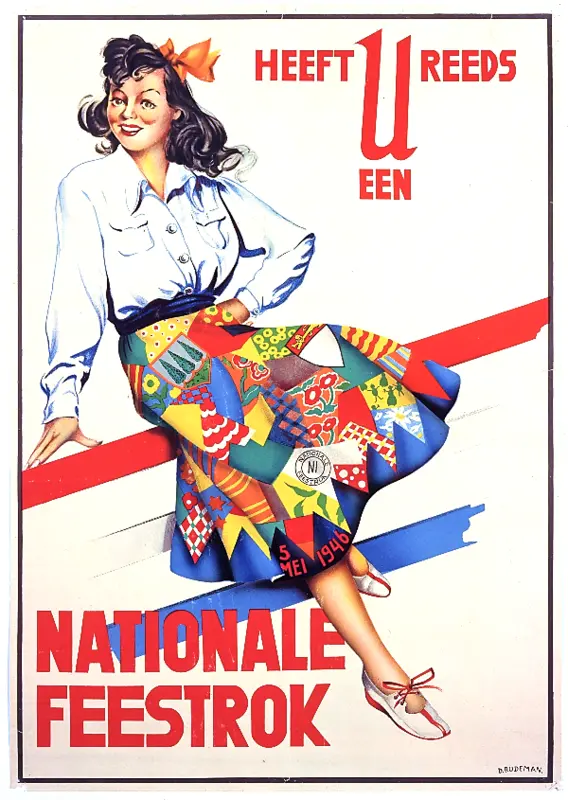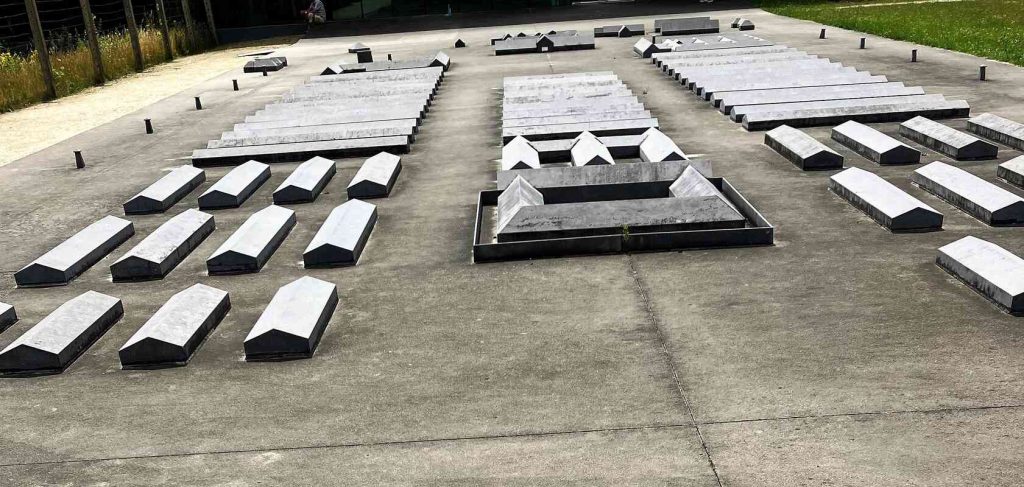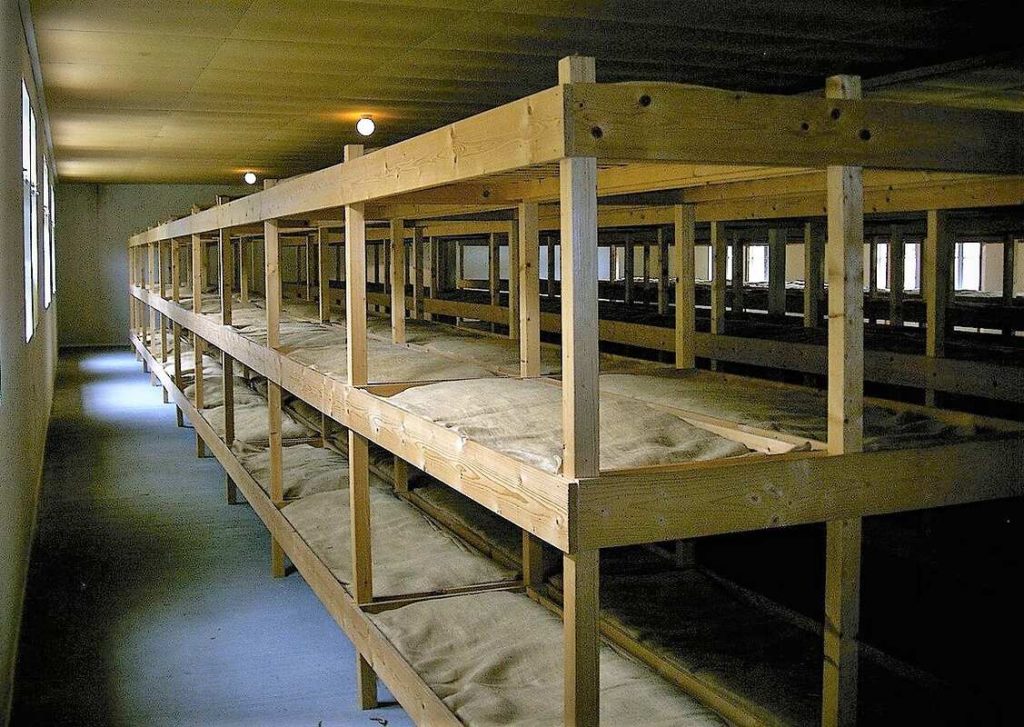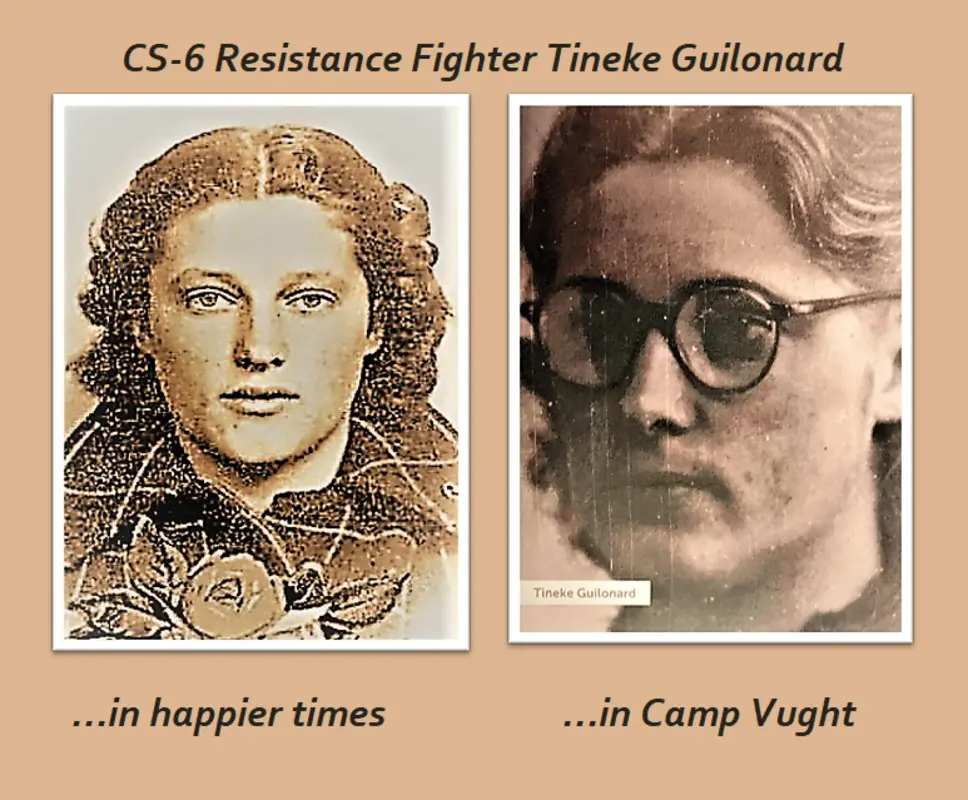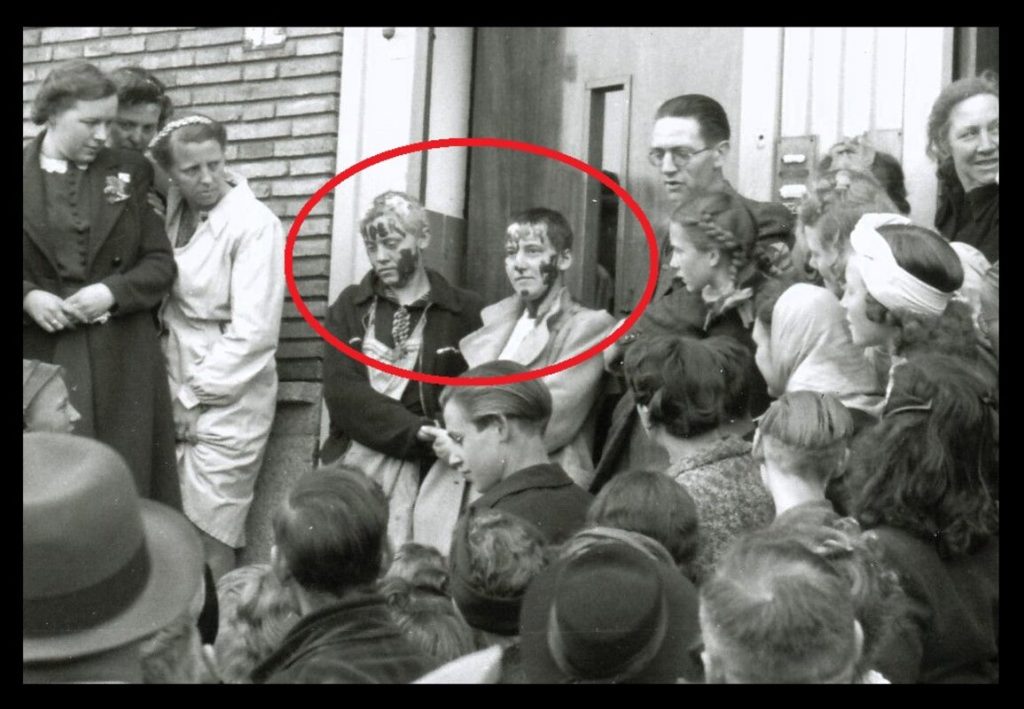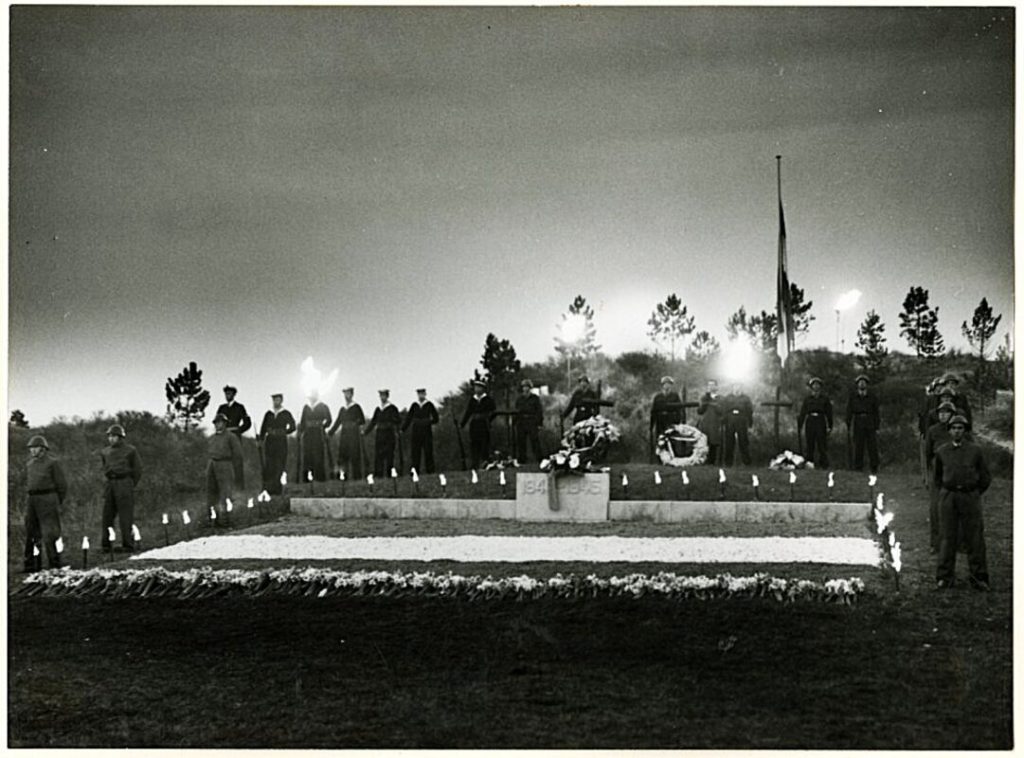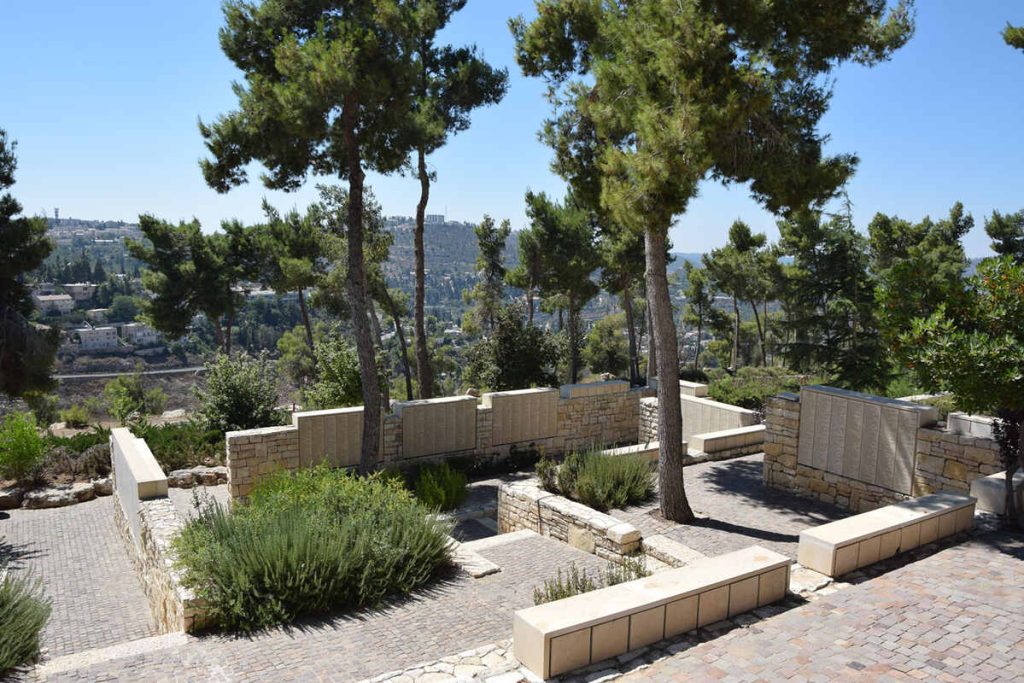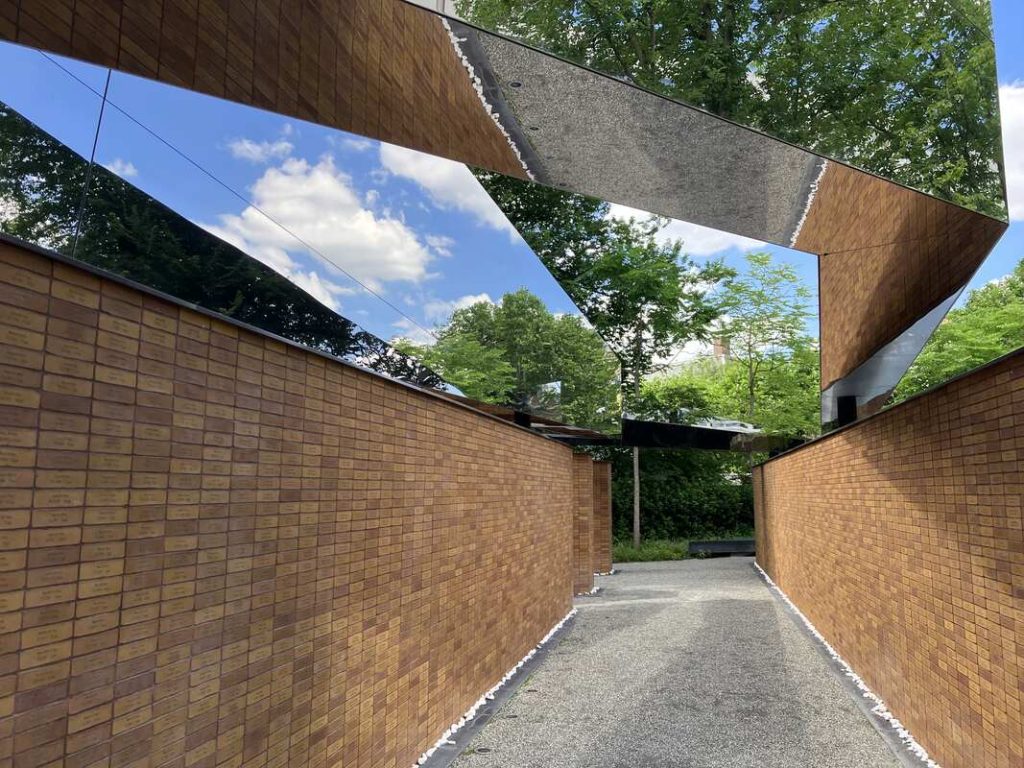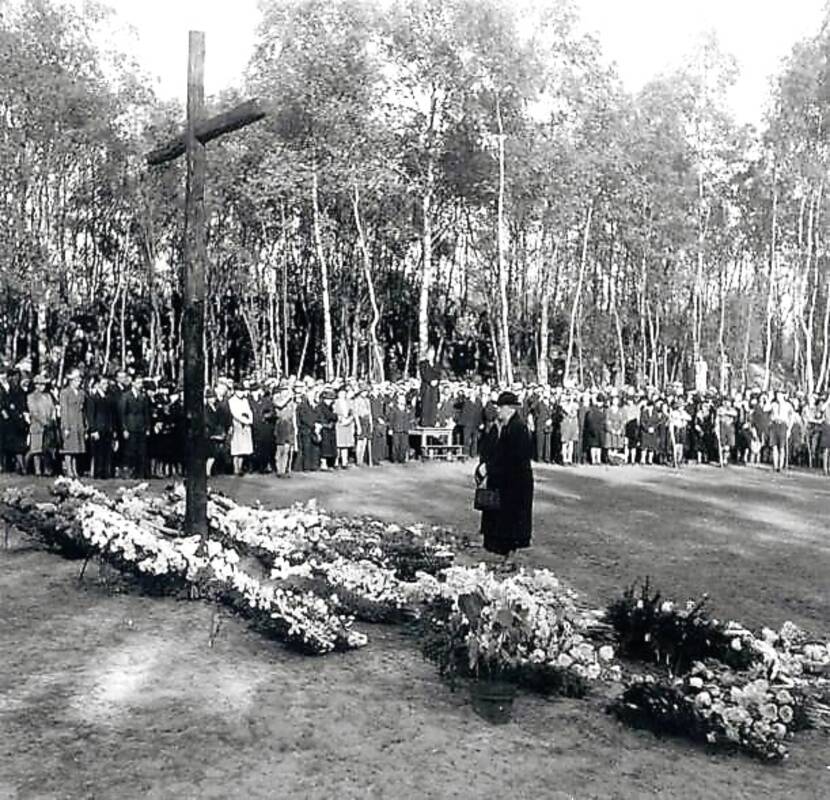Kairos’ Daily Life

Credit: Google adapted by Jorinde
The country of The Netherlands (literally, the” Low Countries” since more than half of the country would flood without its dikes) is also known as “Holland,” which is only the north-western part of the country. Some Dutch places that are significant for Kairos and his Muses are:
- Amsterdam is the capital where Kairos grew up.
- Oudekerk-aan-de-Amstel is the little community Kairos’ mother grew up in.
- The harbor of Ijmuiden was crucial at the beginning of the war because Queen Wilhelmina as well as the last children from Truus Wijsmuller’s Kindertransports escaped the invading Nazis by taking the last ships to leave Holland.
- The Hague is the royal and political capital, where Mrs. Wijsmuller would go to plead with politicians for help with evacuating Jewish children.
- Hoek-van-Holland was the harbor from which the Kindertransports left for England before war was declared.
- The small town of Vught (not far from where I grew up) was the site of the only SS-concentration camp in the Netherlands. Here Resistance Fighters Mies Boissevain, her son, and her husband were sent.
- Being known as one of the “Eleven-Towns Ice skating Race,” Sneek was also the place Kairos went sailing with Annie, providing Annie’s fiancé Tom with an alibi while he “liquidated” a high-ranking Nazi.
- Dating back to Roman times, the city of Maastricht was a fitting starting place from which Kairos and fellow-student Martin started their escape to London.
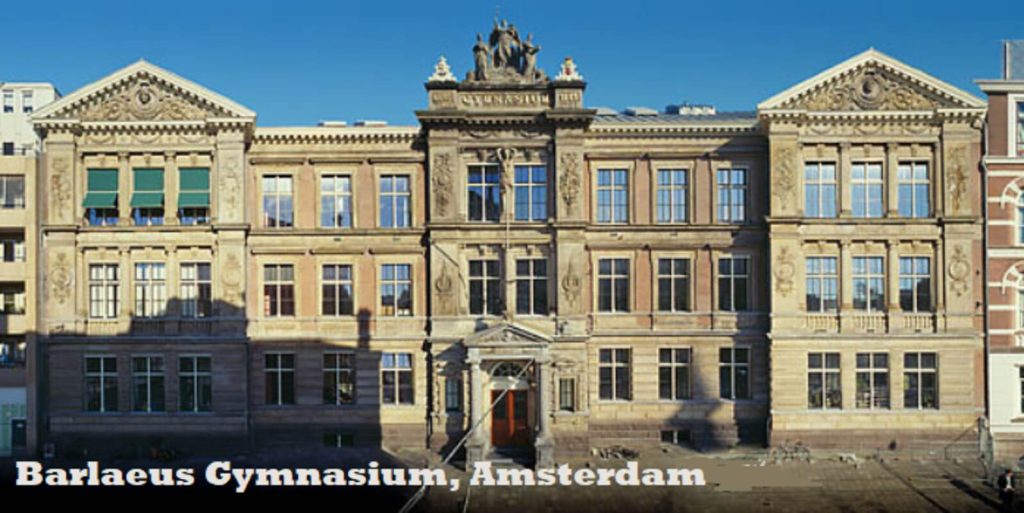
Credit: Unknown photographer
Both Kairos and his sister, Trudy, attended the Barlaeus Gymnasium (pronounced /Bahr-lay-as/) located on the Weteringschans 29 in Amsterdam. It is one of the most prestigious college preparatory high schools in Holland with a focus on Latin and Greek. Located in an imposing neo-classical building with statues of Socrates and Cicero, its ornate façade reads in golden letters “GYMNASIUM–1885.” Named after the Renaissance humanist, theologian, and poet Caspar Barlaeus, the Barlaeus educated the “crème de la crème” of the Netherlands. Famous writers, musicians, lawyers, bank directors, and future ministers were groomed here to lead the country.
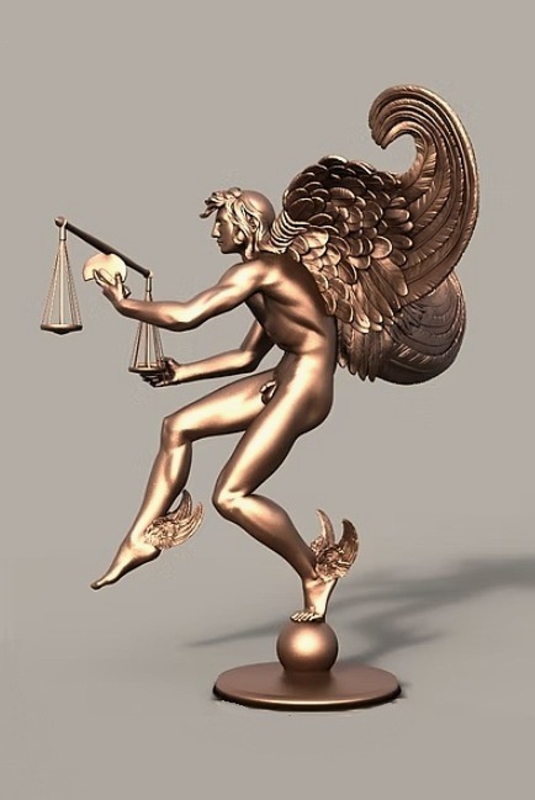
3D reconstruction of the Lysippan Kairos by Dave Cortes for Dr. Seung Jung Kim’s publication The Temporal Revolution in Ancient Greek Art
(University of Toronto published by Cambridge University Press).
Kairos Keizer (pronounced /Kay-ros Kay-zar/) grew up in an upper-class family in Amsterdam where he first went to the Barlaeus High School and then the University of Amsterdam. Due to his special status as a medical student studying the brain, he was able to remain in Amsterdam for the first half of the war, while being involved in minor ways with the Resistance. Then he became an “Engelandvaarder,” one of the 1,700 people who fled from Holland to join the Allied forces in England. After the war, he emigrated to the USA, where he met and married a kind, extremely intelligent doctor.
Fact or fiction: The protagonist is based on my deceased friend. His story as related in the book is either highly likely or at least 90% true (and based on interviews with him).
While some of the details about his home life as a teen and young man are made up, facts about his education and how he accidentally ended up seeing Hitler are real. Kasper Barneveld, Tom van der Kamp, fiancée Annie, the “Martin” with whom Kairos escaped, as well as Jerry Schooner are all pseudonyms for real people. Likewise ,his relationships with double-spy King Kong and Queen Wilhelmina are entirely factual. They are based on interviews with him, his notes, and my research which corroborate his version of events.
The name “Kairos” is a pseudonym inspired by my friend’s Classical background as well as his attitude in life; quoting Greek and Roman philosophers, he taught me to recognize opportunities, seize them, and then create my own luck, just like he and Jerry Schooner had done. Or as Dr. de Vries taught his students: Greek Καιρός or “‘Caerus” was “Occasio” or Tempus” in Latin, referring not to the passing of time like “Chronos” does, but instead referring to the right time when crucial action can bring about what is opportune.
For a good explanation, see: https://mysteryinhistory.com/kairos/
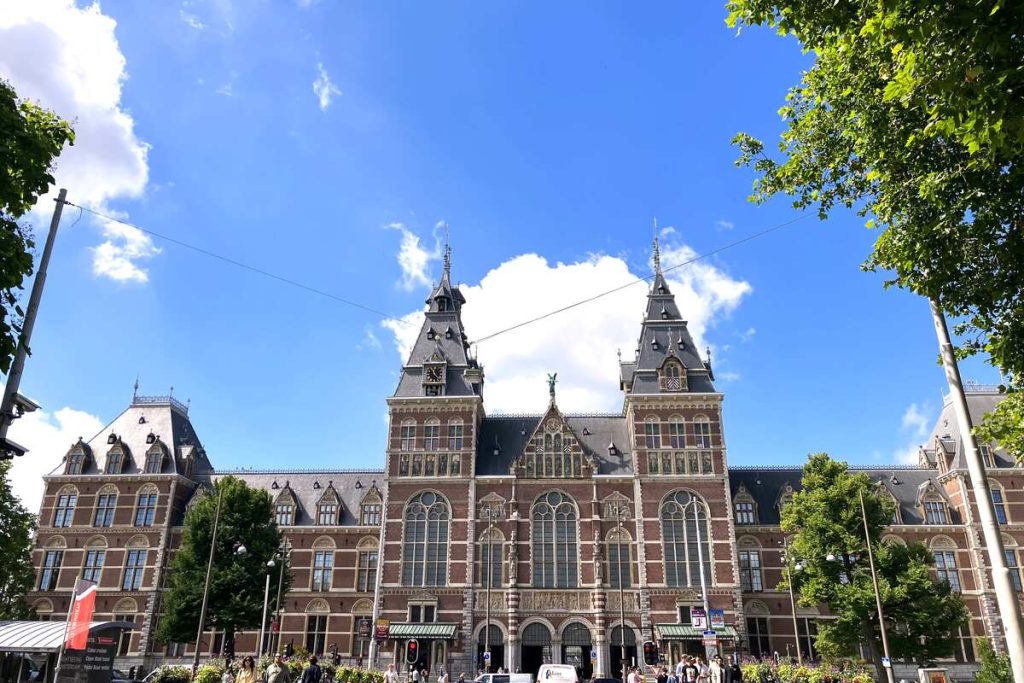
Credit: Jorinde
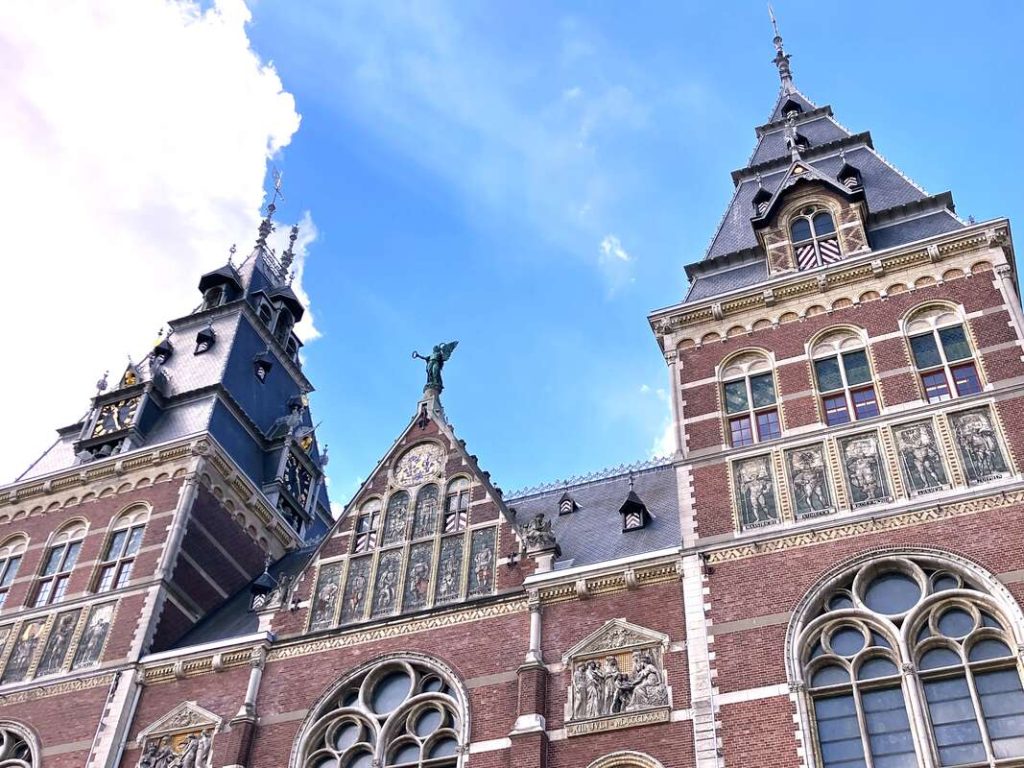
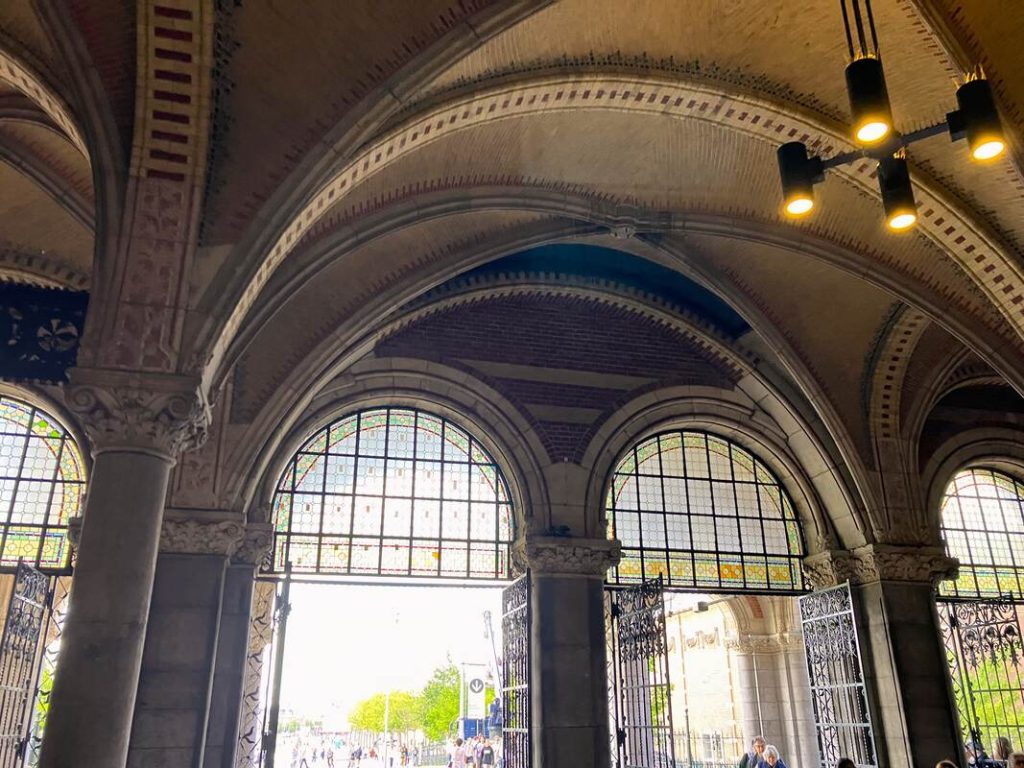
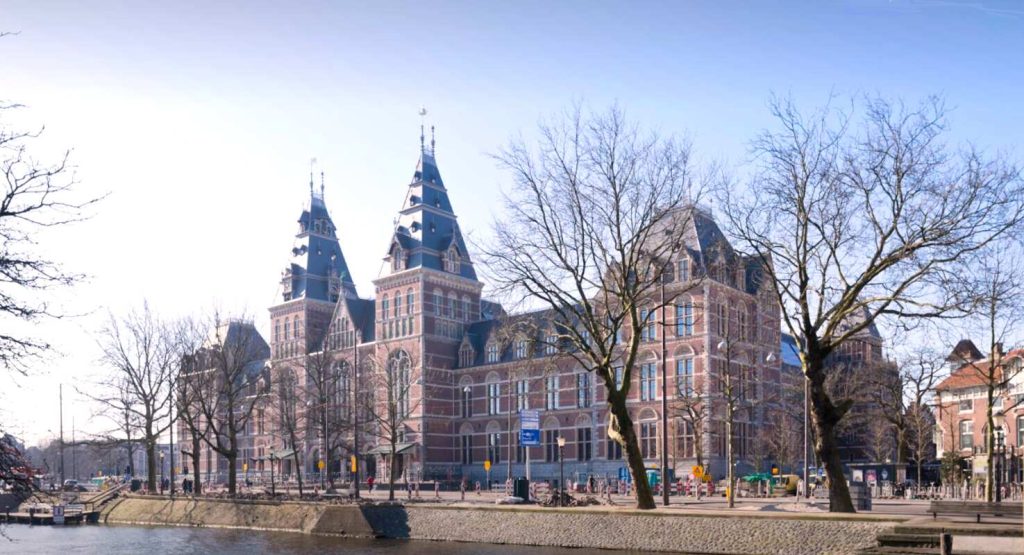
The Rijksmuseum was across the bridge from the Barlaeus High School, and Kairos would either ride his bike along Vondel Park or literally ride his bike through the museum to get home. The largest and most visited museum in the country (about 2½ million visitors per years) houses masterpieces by all the old Dutch masters like Hals, Vermeer, and Rembrandt.
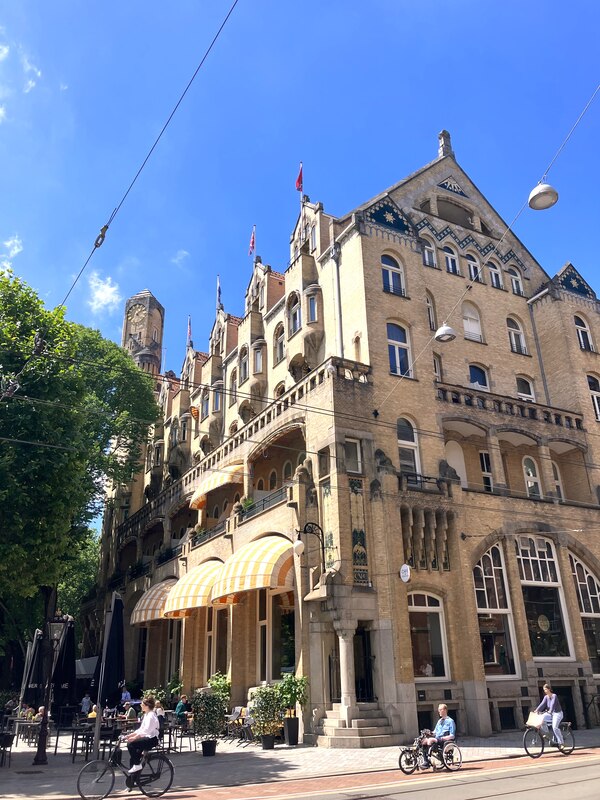
Credit : Jorinde
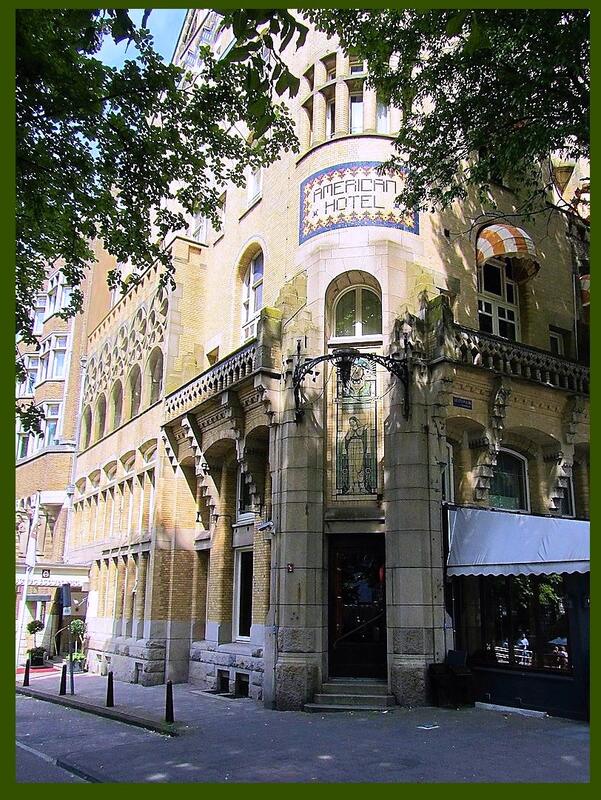
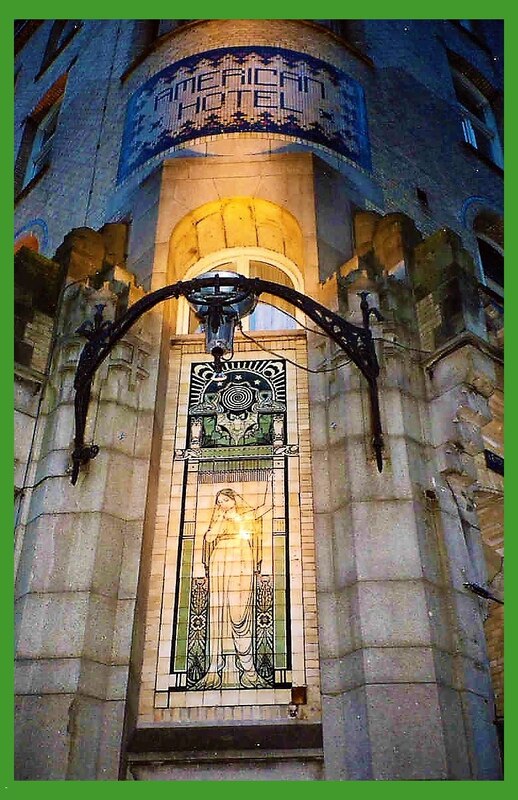
At the end of the street to the Barlaeus on a prominent corner of the Leidsche Square, the elaborate Art Nouveau Hotel Américain is located. Currently called “Clayton Hotel Amsterdam American,” it is across from “the Apple building” or what was the International House of Fashion Hirsch & Cie, and the National Theatre where Queen Wilhelmina had her own royal loge box. This was exactly the kind of environment Laetitia Keizer wanted for her son Kairos.
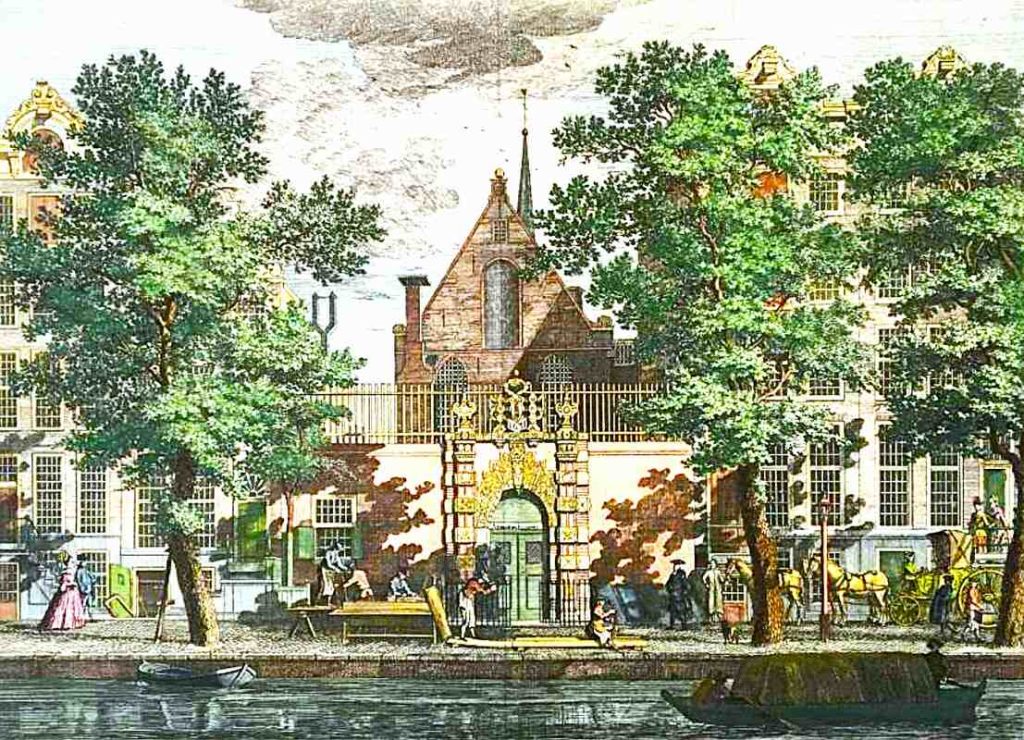
Picture Credit: Beeldbank Amsterdam
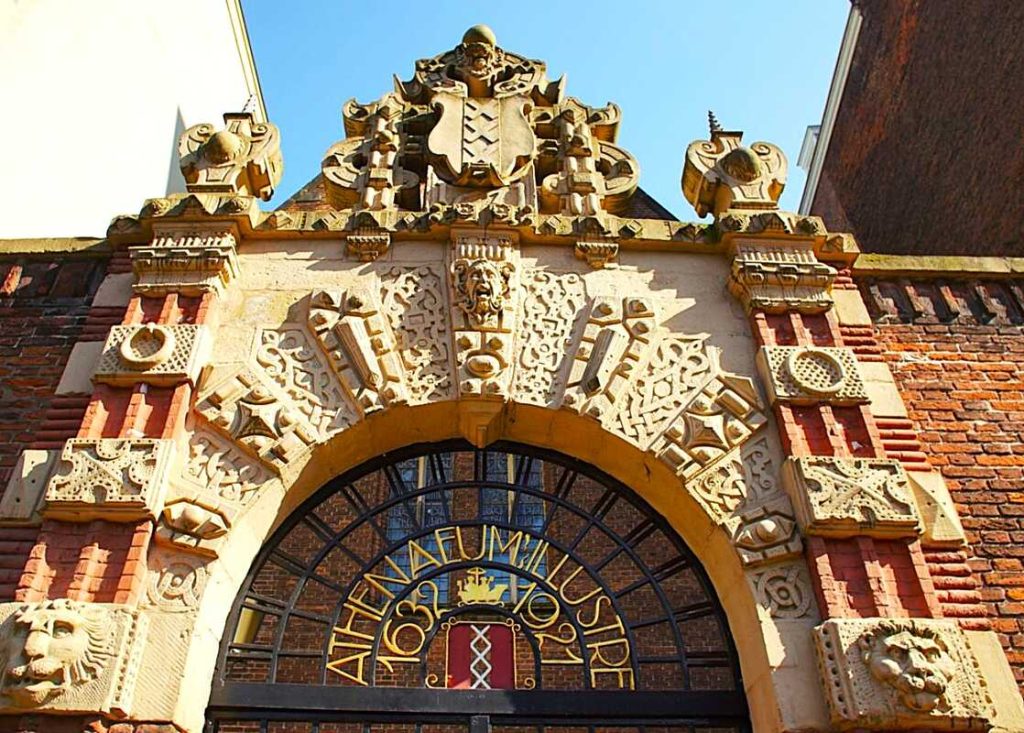
Picture credit: Jorinde
Renaissance humanist, theologian, and poet Caspar Barlaeus after whom Kairos’ High School was named co-founded what would become the University of Amsterdam in 1632.
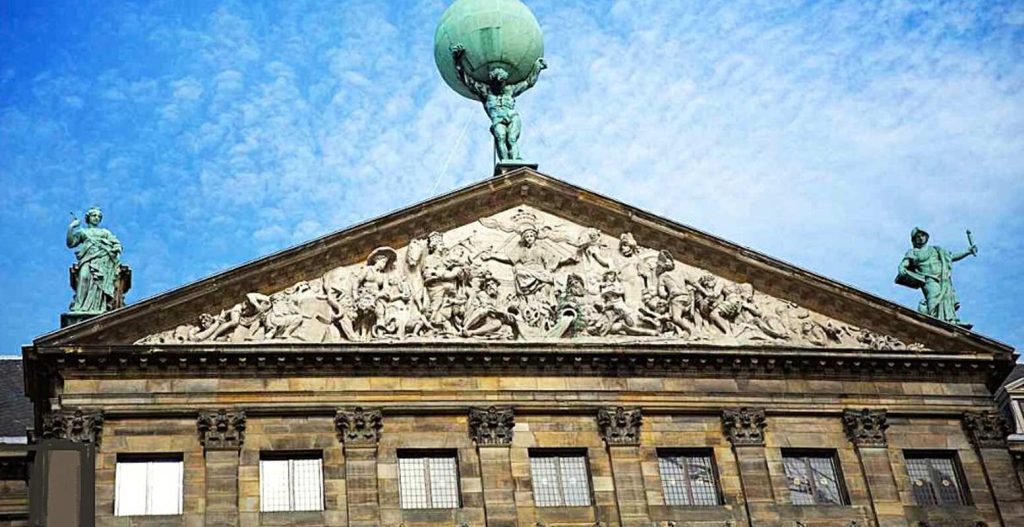
Picture credit: Jorinde
Because the hospital where Kairos’ father worked was also affiliated with the University of Amsterdam, Kairos’ mother decided that the “logical” step in the carefully planned trajectory of her son’s life was the University of Amsterdam’s Medical School.
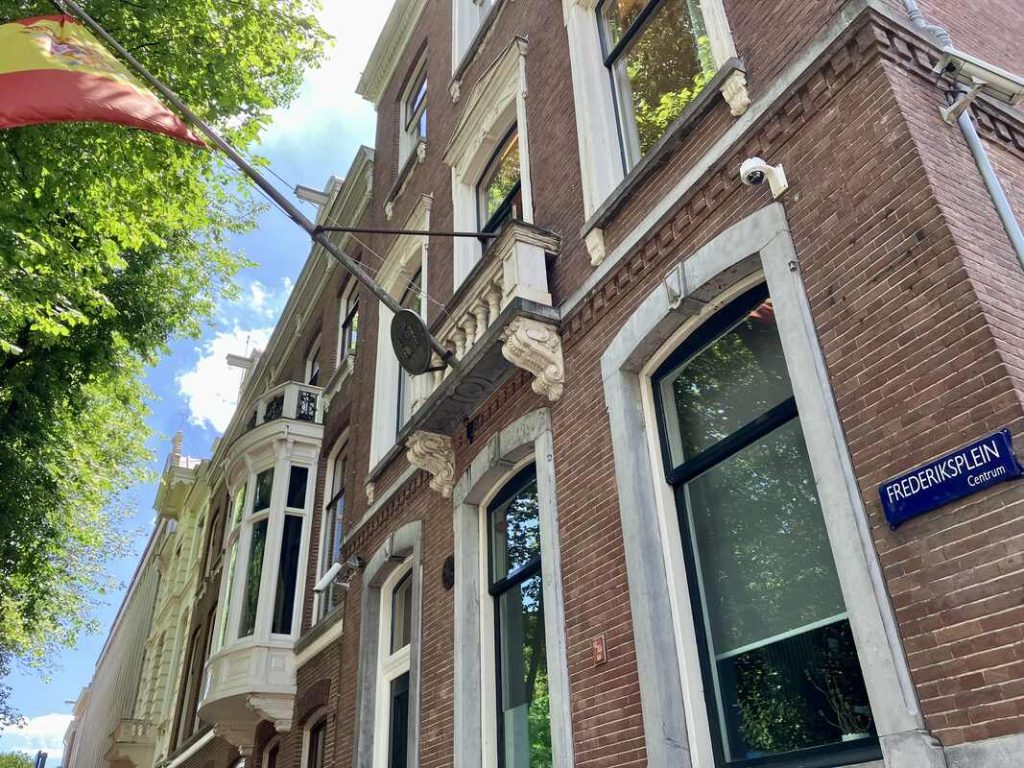
Picture credit: Jorinde
Currently the Spanish consulate, Kairos’ Fraternity House was located on the corner of the Frederick Square. This is where Kairos and his friends would chat about their lives, commiserate about hard exams or demanding girlfriends, or express their worries about the political situation right across the border…
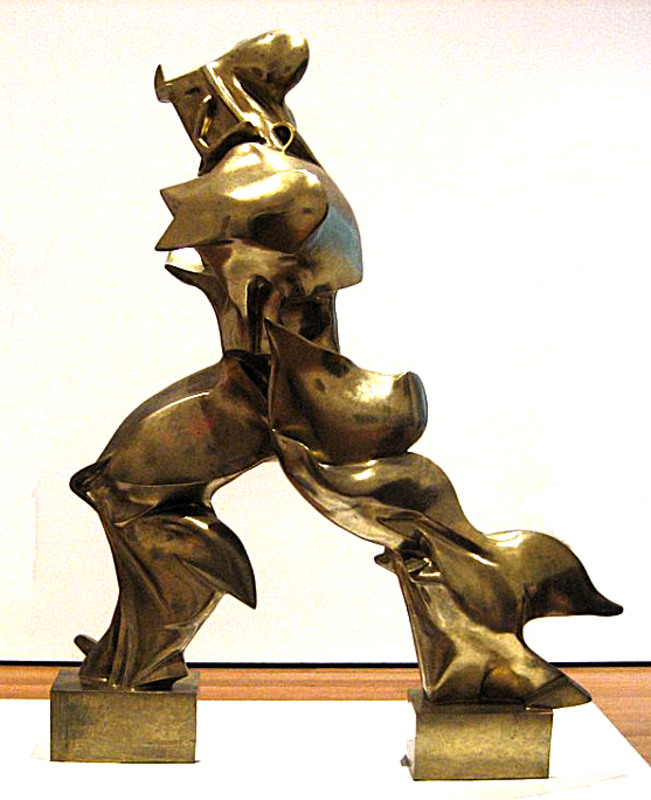
Statue by Umberto Boccioni 1913 (MoMa)
Students were not only at the forefront of protests and the Resistance, they were also the most modern Amsterdam citizens. Kairos and his sister Trudy dreamt about going to the modern metropolis of New York City, and were excited about modern art, like Boccioni’s Futurist statues. When Anne-Sophie Romijn kisses Kairos for the first time, he feels as if he is the statue when he runs home through the streets of Amsterdam.
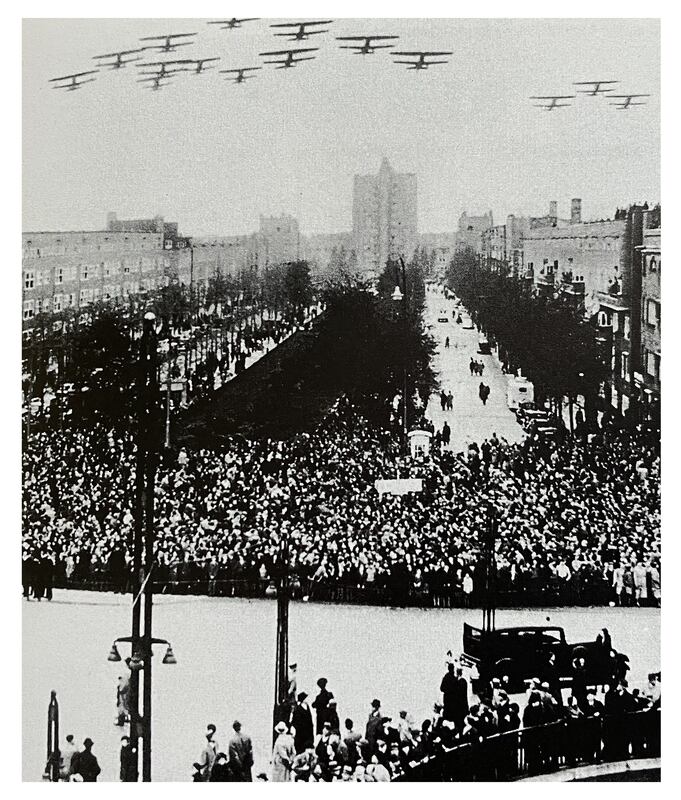
Unknown photographer
When Kairos was innocent (or dumb) enough to go to Munich during a Hitler rally in July of 1937, Dutch people still believed that their country could remain neutral just like during the “Great War.” Although Queen Wilhelmina had been called the “Queen of Peace,” she did warn the Military that they needed to prepare for war. The Anti-Aircraft Defense Day in November of 1937 was to reassure the citizens that they were safe…
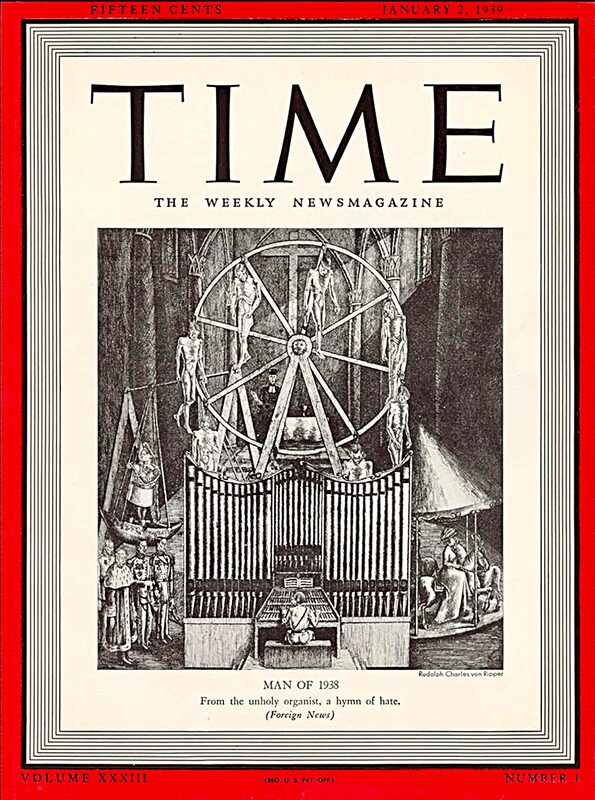
By the end of 1938 after the pogroms of Kristallnacht, Time magazine chose Hitler as “The Man of the Year,” yet on its January 1939 issue, the cover did not feature a large portrait of Hitler, but instead, there was a black-and-white print of a tiny figure with his back to the viewer, playing a massive organ with above it, corpses spinning around on an instrument of slow torture known as a St. Catherine’s wheel. Underneath the stark illustration was the caption, “From the unholy organist, a hymn of hate.”
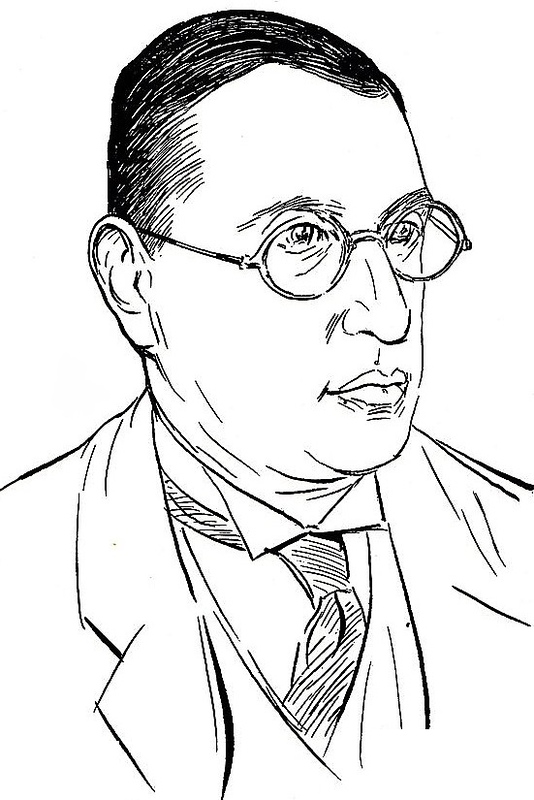
Drawing by Willem van Schaik, 1937
Soon after the beginning of the war, well-respected Jewish teachers were banned from teaching. While many of his teachers and fellow students at the Barlaeus Prep School were Jewish, Kairos happened to have no Jewish professors at the University of Amsterdam’s school of medicine. His fraternity did hear about Frank van Hasselt’s rousing speech after Delft Professor Josephus Jitta’s dismissal; it had students up in arms all over the Netherlands, and many began organizing Resistance groups.
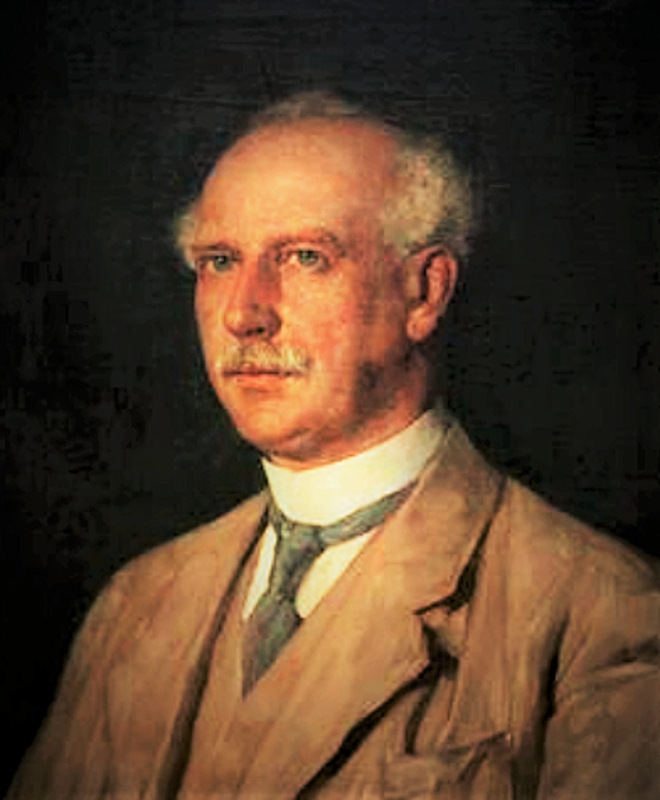
Unknown painter
Dutch neurologist Dr. Ariëns Kappers (pronounced /Ahrr-iy-ans Kah-perrs/) was Kairos’ mentor and director of the internationally renowned Netherlands Central Institute for Brain Research. Kairos discovered the “para-flocculus” when doing research at the Brain Institute. Not only did this exempt “skull measurer” Kairos from forced labor in Germany, but estimates are that Dr. Ariëns Kappers also saved about 300 Jewish people. With a colleague, he “proved” through phrenology that Sephardic Jew (the largest group that had been in Amsterdam the longest) were not Jews at all, and therefore, should be spared by the Nazis. This allowed those who took the chance to go into hiding or escape. Posthumously Dr. Ariëns Kappers was honored by Yad Vashem as one of the “Righteous of Nations.”
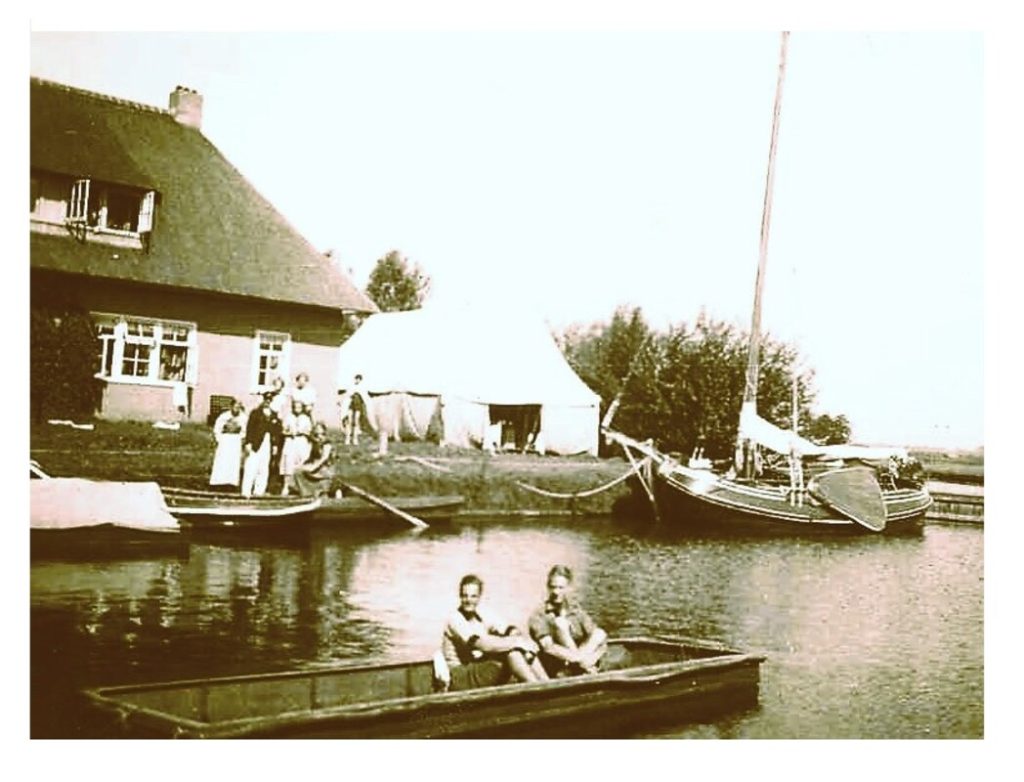
Unknown photographer
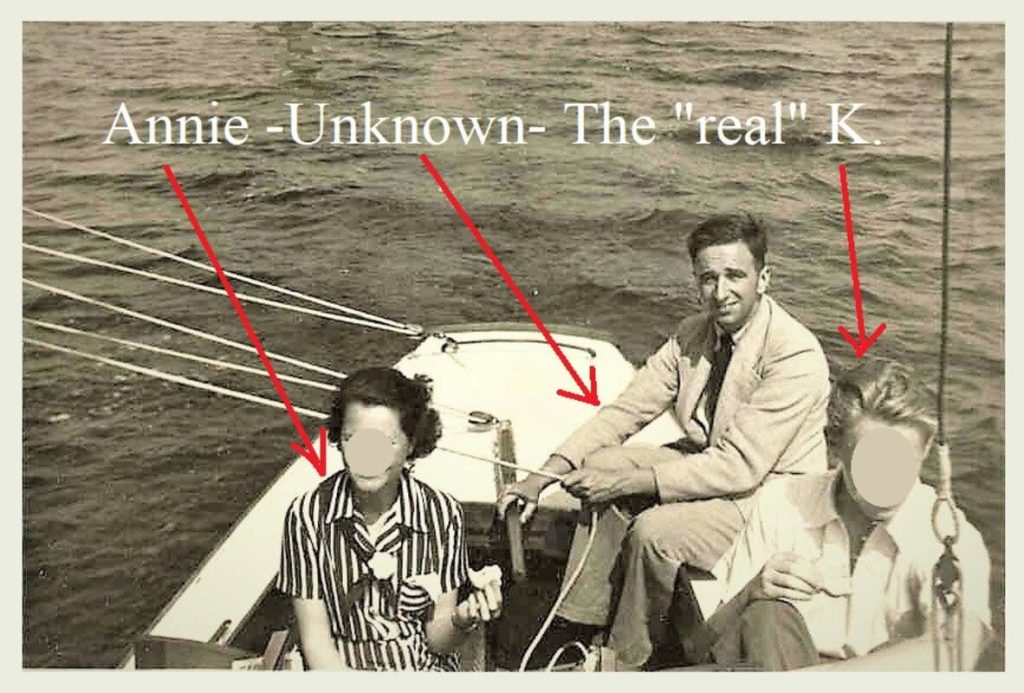
Dating back to the 10th century, the picturesque town of Sneek (pronounced /snake/) in the province of Friesland is known for being one of the eleven cities of the “Eleven-Cities” Skating Race. It is also a vacation spot for those who like to go sailing on one of its lakes, like Annie and Kairos did. While Tom van der Kamp is a pseudonym, he really was a Resistance fighter who asked Kairos to stand in for him during a sailing trip in Sneek.
Tom’s request was allegedly so that his fiancée Annie would not be lonely, but in reality, it was to provide Tom with an alibi; while Kairos was enjoying his vacation with Annie, Tom was “liquidating” a high-ranking Nazi whom Annie had lured into a trap. The real Tom K. was arrested and killed by the Gestapo in 1943.
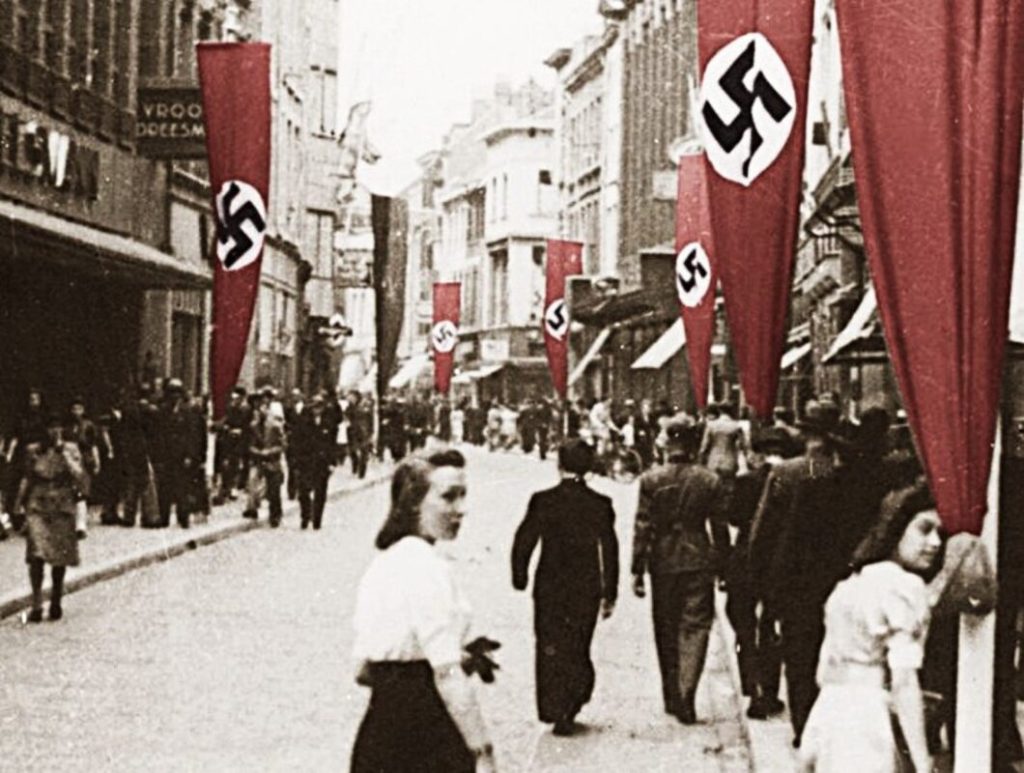
Unknown photographers
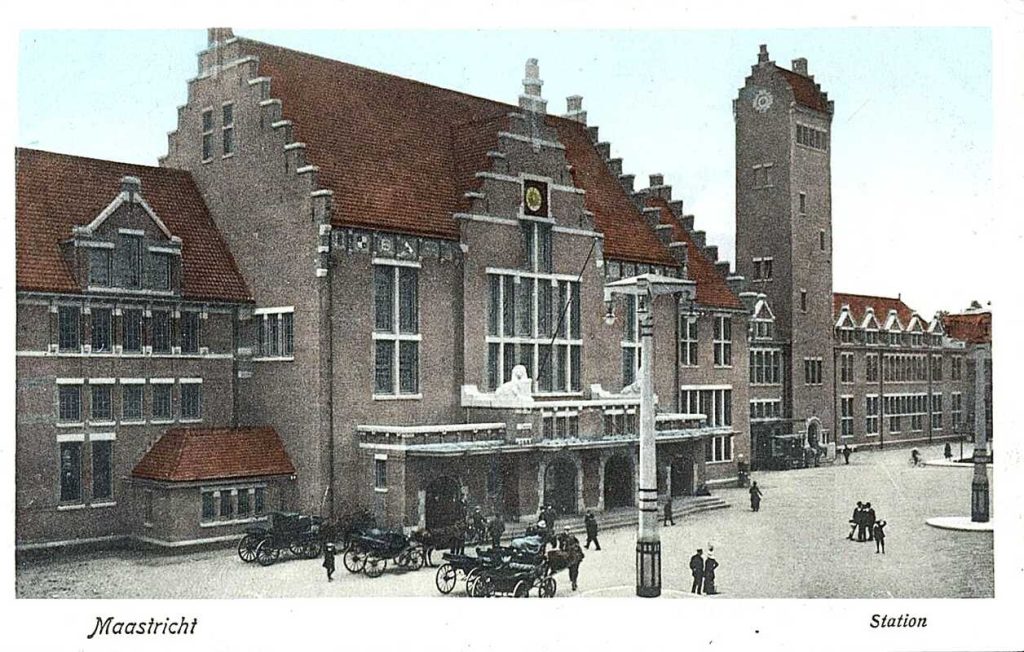
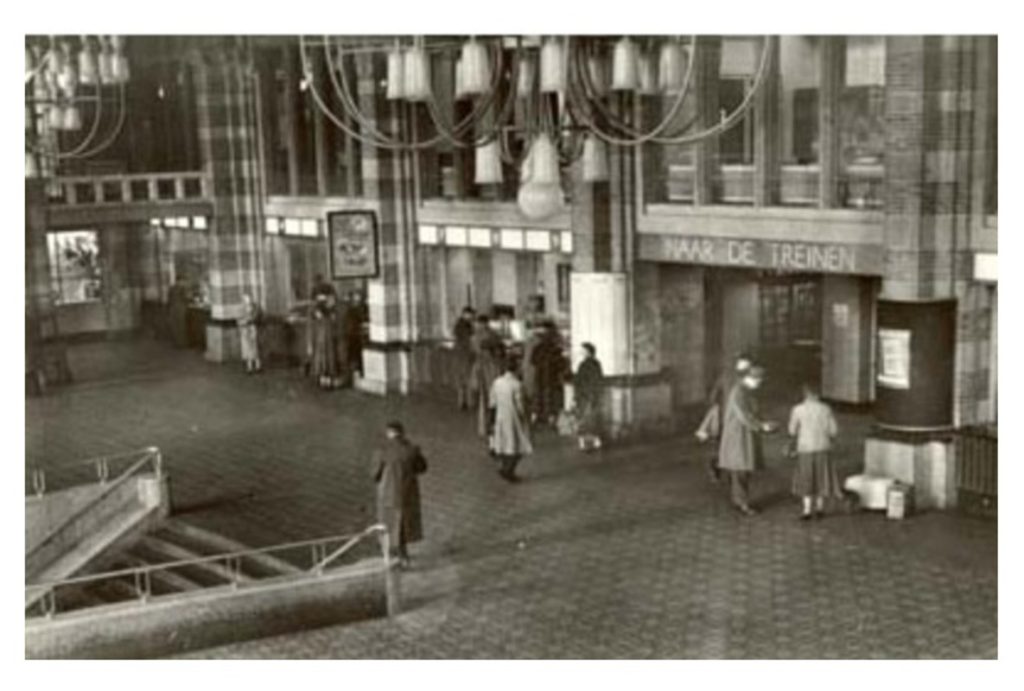
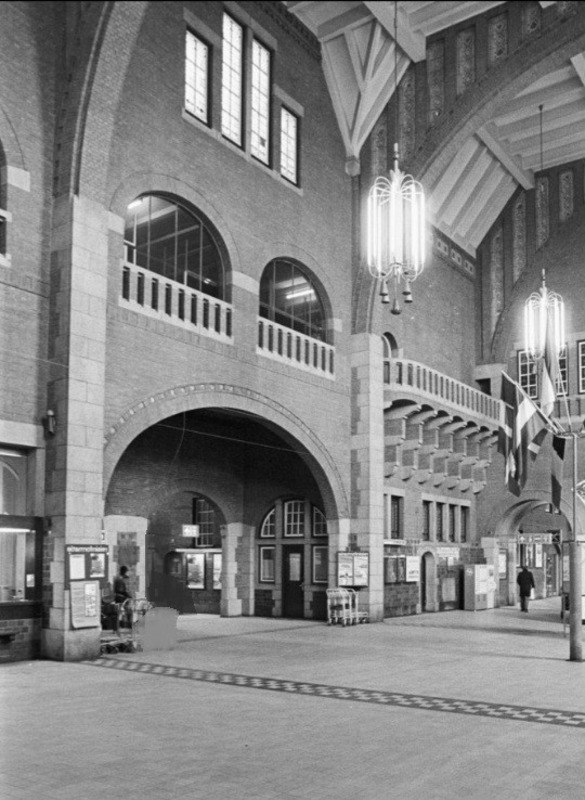
Maastricht (pronounced /Maahs-tright/), the most southern city in the Netherlands dates back to Roman times. It is a picturesque university city with cobbled streets and Medieval, Romanesque, and Gothic architecture. During WWII, its main station was a transportation hub.
In December of 1943, Kairos and Martin started their adventure there by taking the train to Paris. Less than a year later, Maastricht was already liberated by the US 30th Infantry Division. Yet since Northern Holland had to wait almost another year for freedom, American troops remained in and around Maastricht for a very longtime.
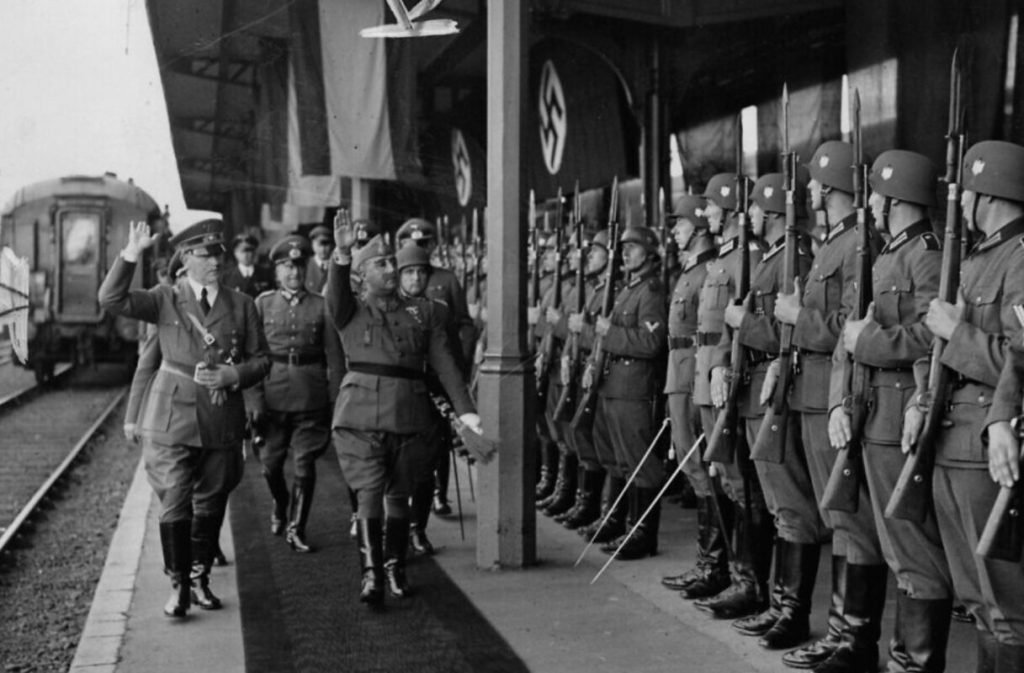
Unknown photographer
Although Kairos was blond and spoke German fluently, at seeing Maastricht train station full of Nazis, it finally dawned on him that if he made the slightest mistake, it would be the end of him. He and his friend Martin impersonated members of the most feared branch of the SS; the Intelligence Agency of the “S.D.” Its members in civilian clothes had full authority to spy on, catch, torture, and declare anyone (including fellow-Germans) an enemy to the Reich.
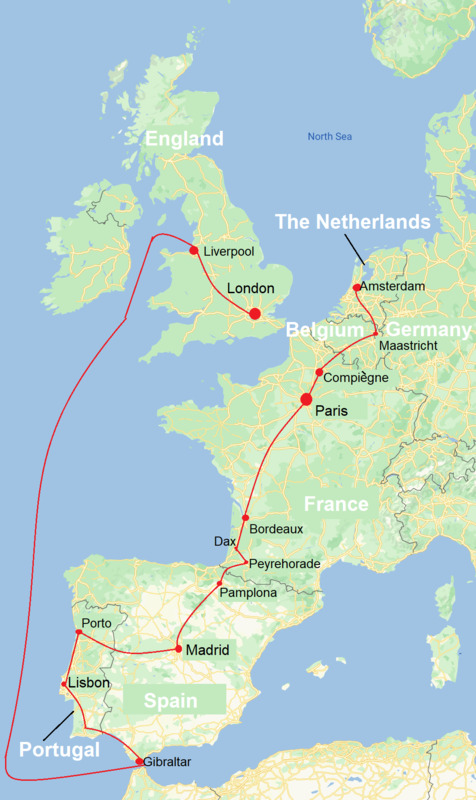
Google Map adapted by Jorinde
Despite some dread-filled hours at the beginning of their trip, the boys began their adventure as so-called Engelandvaarders (pronounced /Ang-a-land-faar-durs/), literally meaning “England Sailors.” The term refers to the 1700 Dutch people who escaped from the Netherlands and eventually made it to England. Initially, this was done via ramshackle, little boats in which they attempted to cross the Channel; hence, the name. However, soon crossing by sea was no longer possible, and young men often tried to escape via the many Escape Lines of which the Comet Line was one. Most of them joined the Allied forces in London, were trained, and parachuted back into the Netherlands to continue the fight.
In real life, the protagonist used to receive a publication called The Link with news about the Engelandvaarders. In 2015, the Engelandvaarders Museum was opened: https://www.museumengelandvaarders.nl/
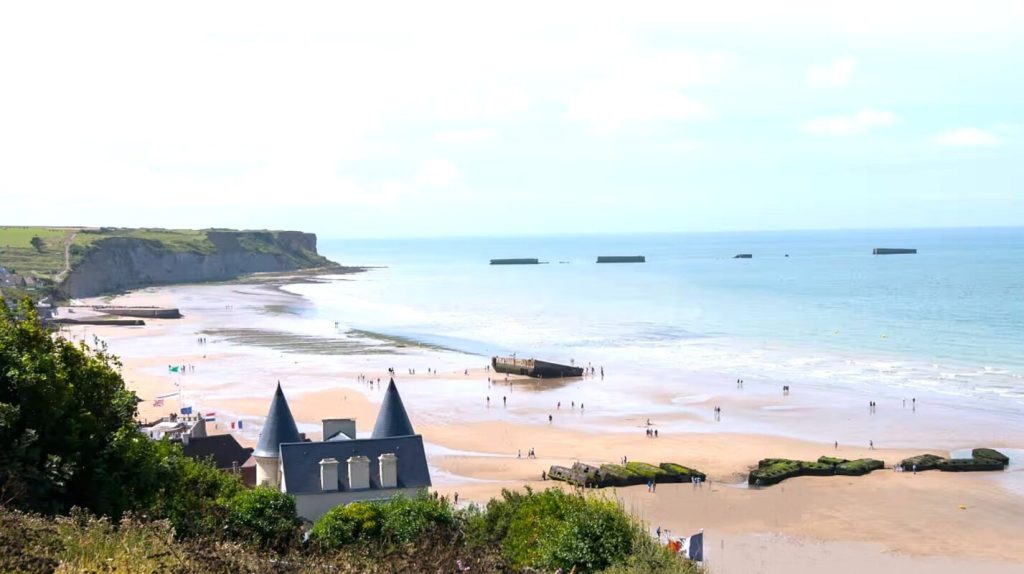
Picture credit: Jorinde
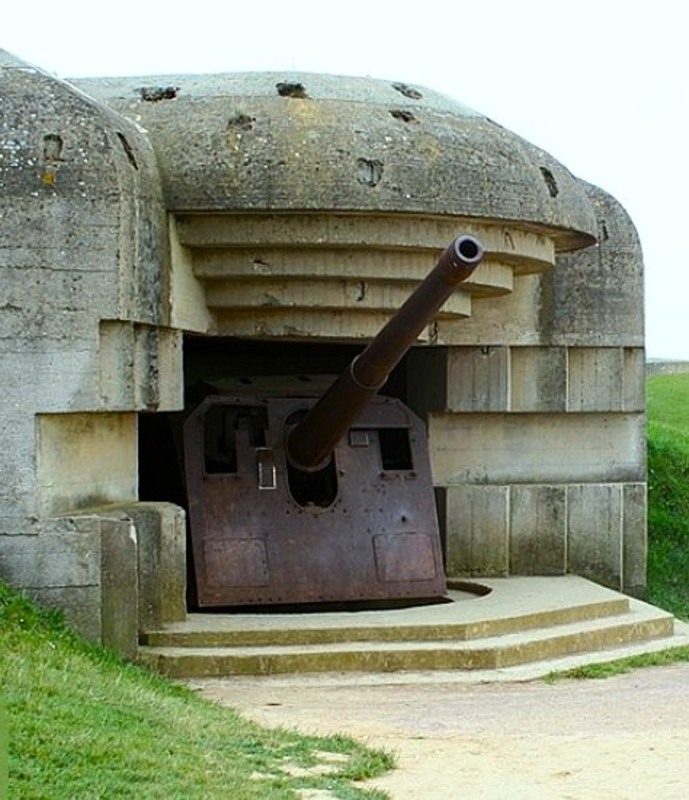
Picture credit: Jorinde
By escaping to the Dutch government in exile in London, Kairos could not leak information about the liquidation of a Nazi officer by Tom van der Kamp and he evaded “Organization Todt” (pronounced /Orrga-neezaa-tyowntowt/) or “O.T.” for short. Ironically, the name does not refer to the German word for “death” or “Tod,” but to the German engineer Fritz Todt, who instituted this military labor army in 1938. The young men who were forced to be O.T. laborers built among others the “Atlantic Wall” of fortifications along the entire west coast of Europe, from Norway to France.
Many of the bunkers are still there. Besides playing in the remnants of a bunker right behind the house I grew up in, I remember that as a child, I used to play in and on the bunkers of the Atlantic Wall and the D-Day pontoons when we were on our annual summer vacation in Normandy, France.
similar galleries
discover
JOIN MY NEWSLETTER
To receive announcements about new blogs, images, essays, lectures, and novels, please sign up.
